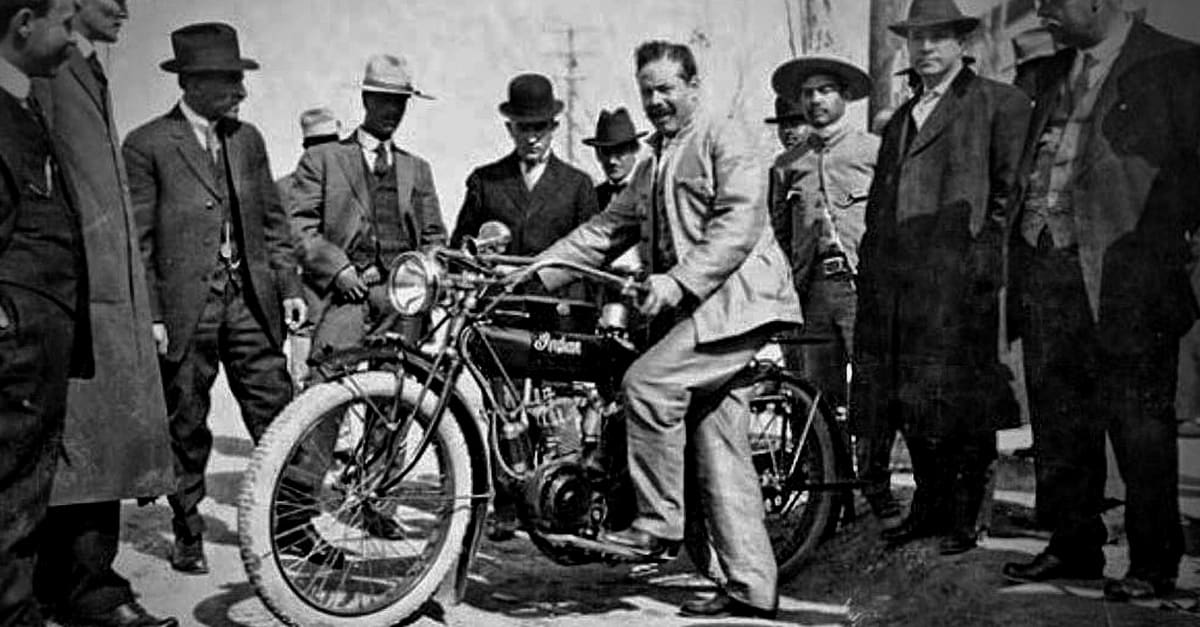
Rev your engines as we take a thrilling ride through the history of military motorcycles! Get ready to discover 40 of the greatest military motorcycles of all time, from their earliest deployments to their most daring missions. From rugged designs to powerful engines, these motorcycles have been crucial tools for military operations around the world. But that’s just the beginning. As you journey through this list, you’ll uncover some of the most fascinating stories behind these iconic vehicles. From their evolution over time to their most daring uses in battle, there’s so much to learn about the history of military motorcycles. So gear up and get ready for an unforgettable journey through the world of the greatest military motorcycles in history.
40. Harley Davidson J Model 1916
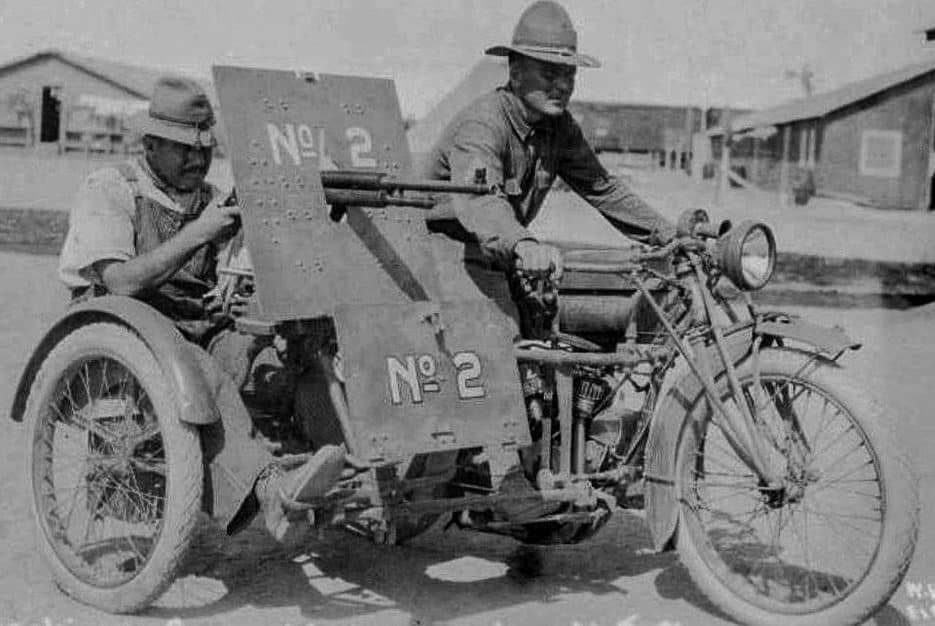
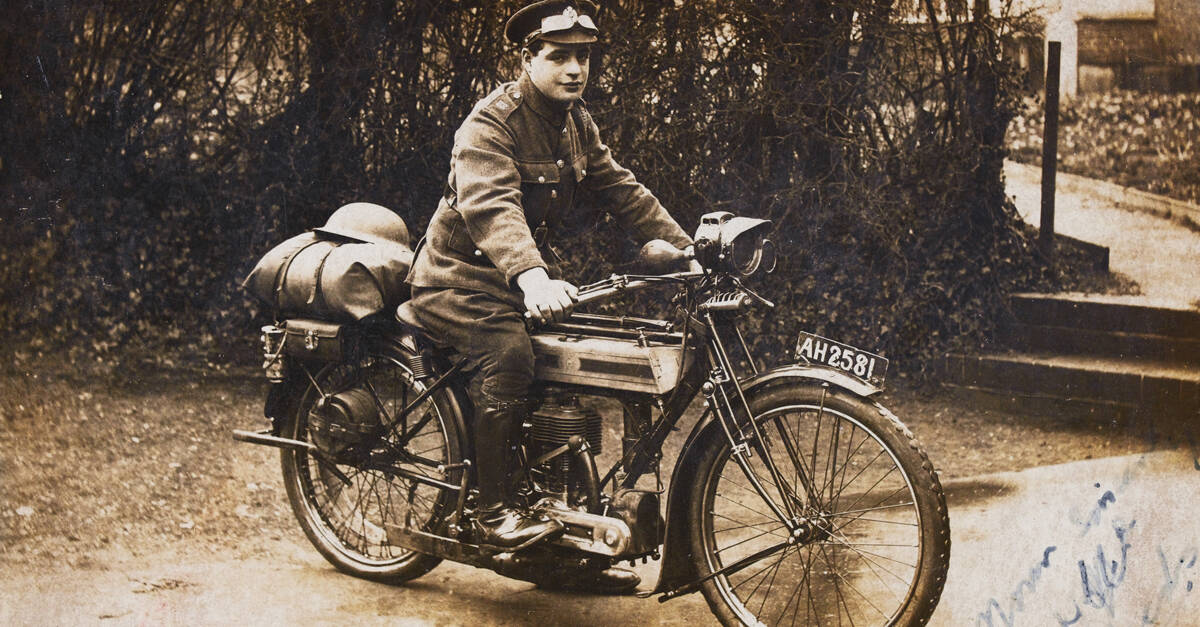
39. 1914 Indian Hendee Special

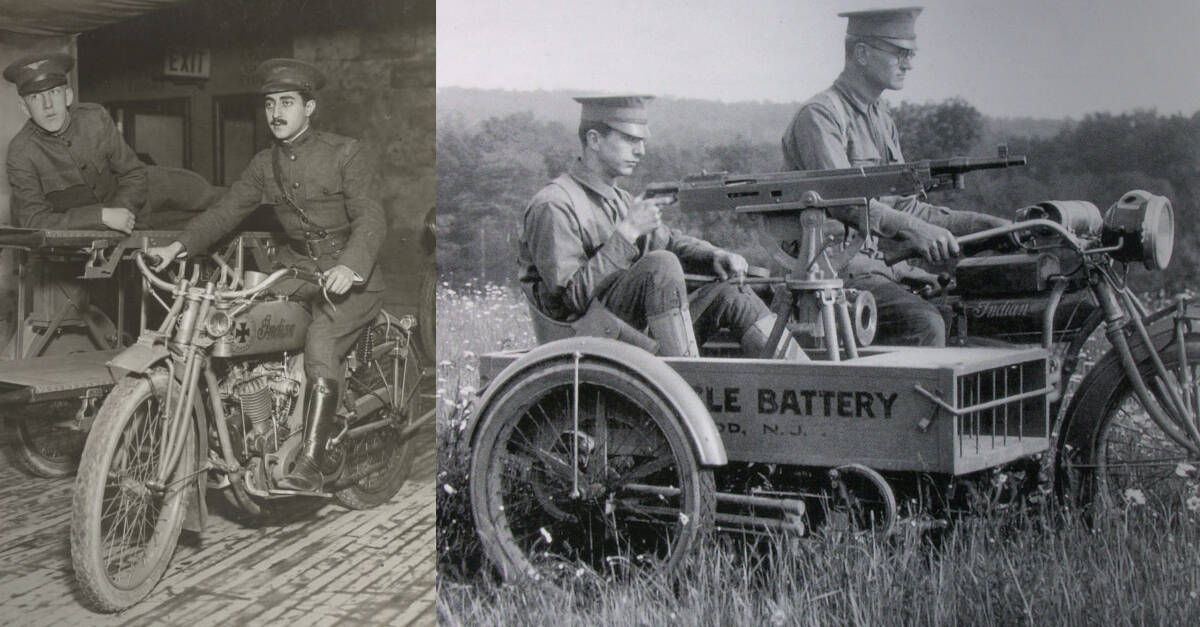
38. Triumph Model H

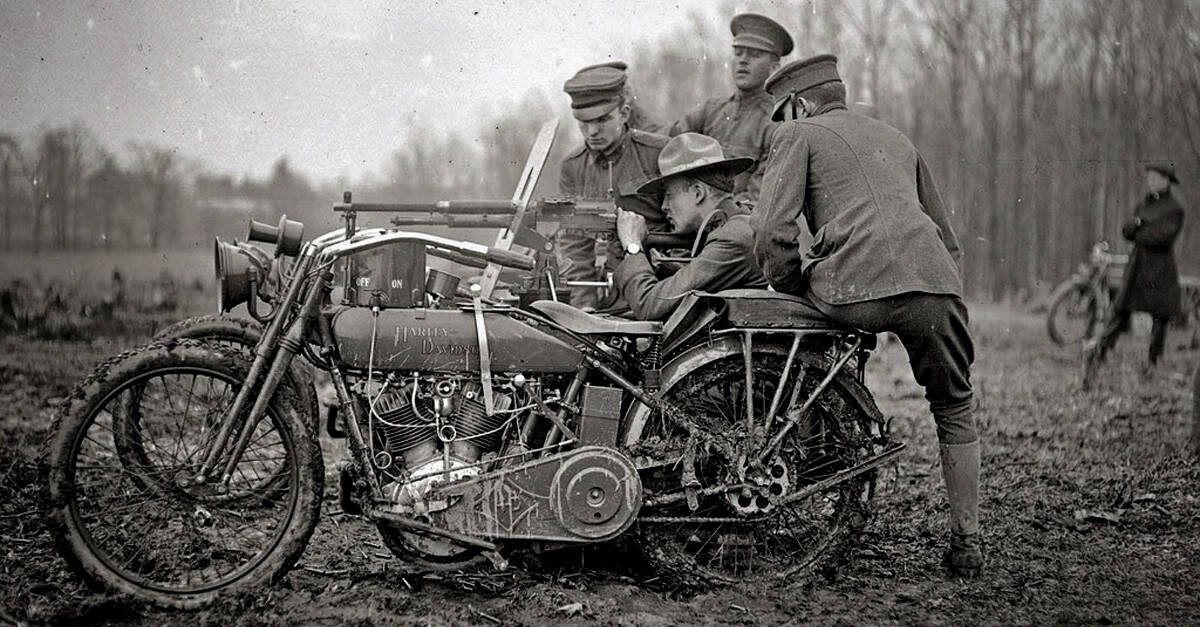
37. Indian Powerplus

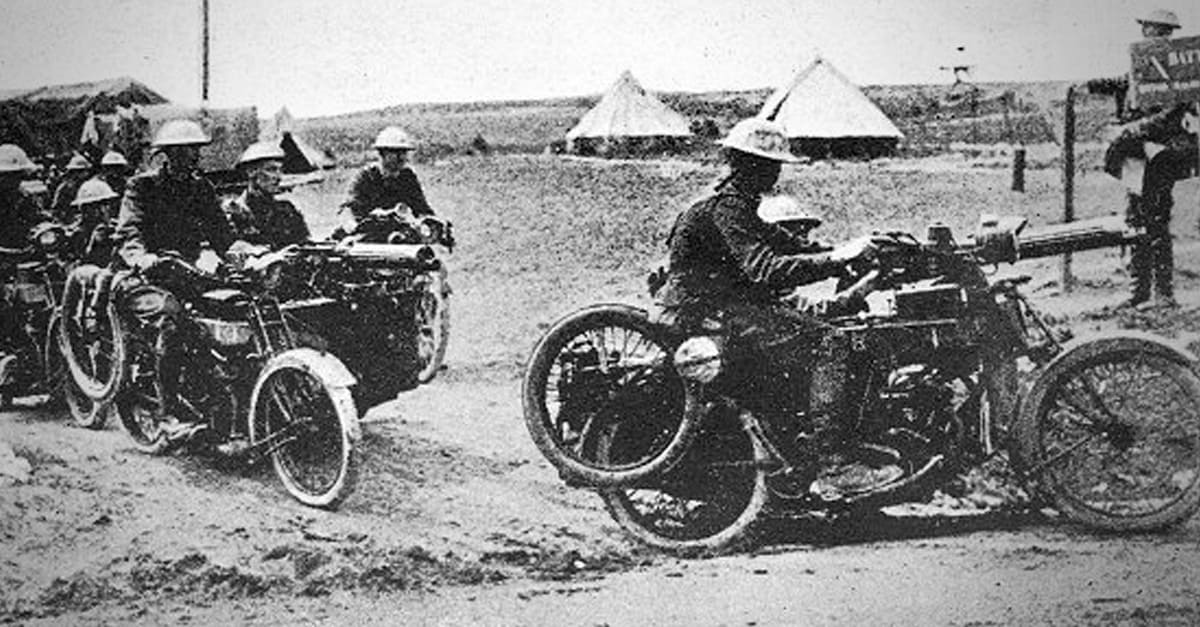
36. Harley-Davidson Model 17F/J

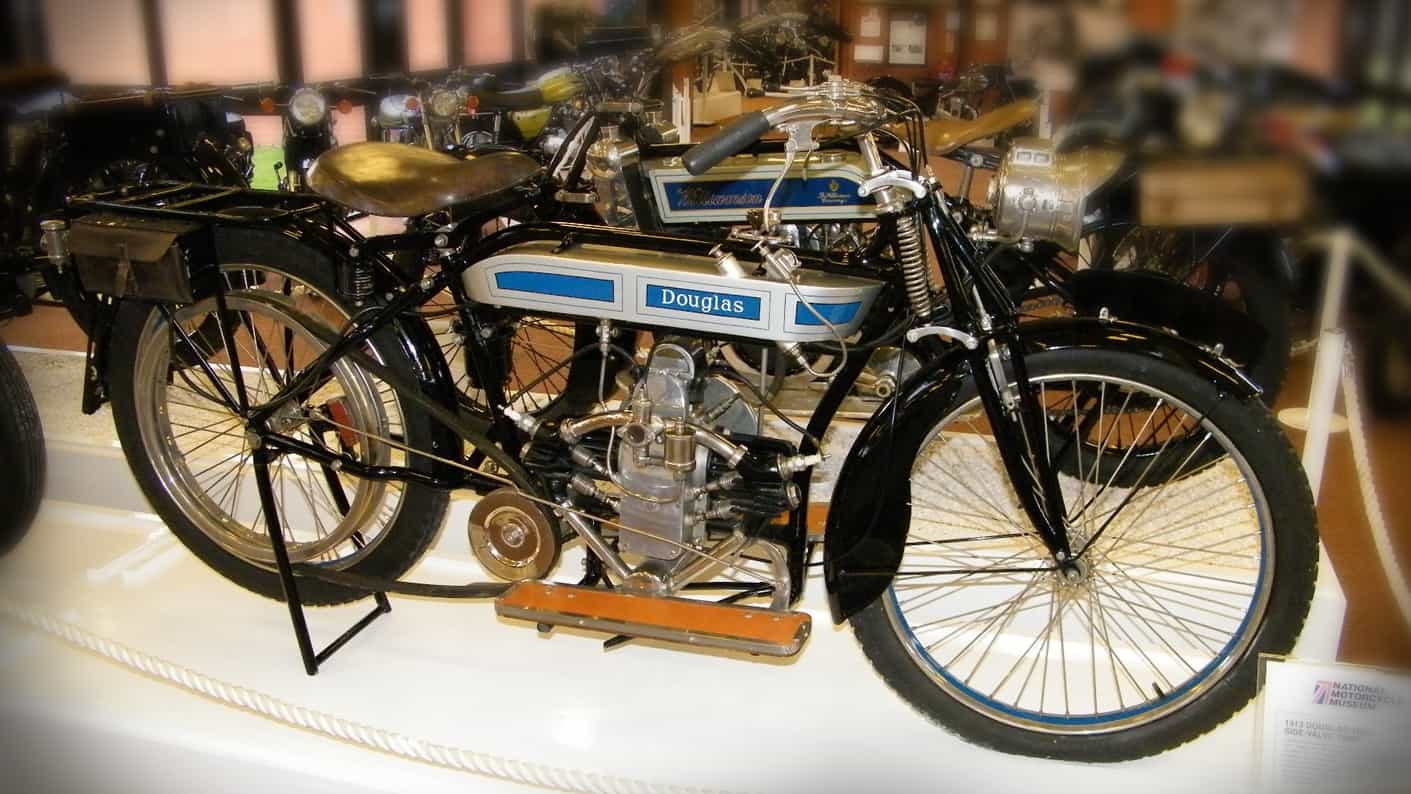
35. Clyno 750c.c. Machine

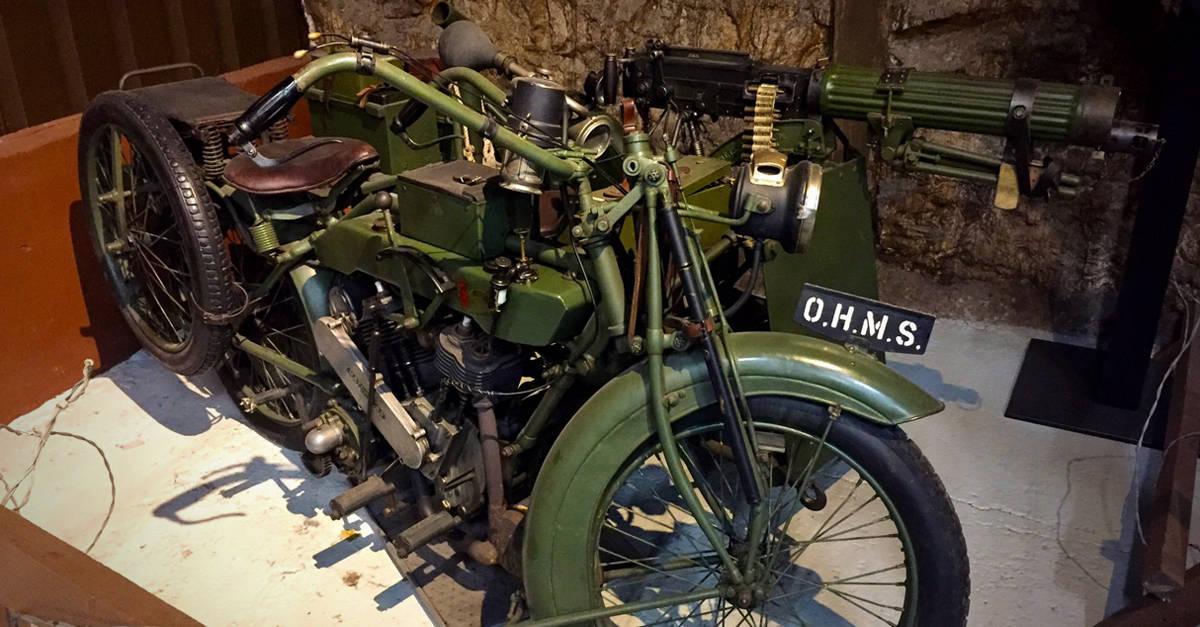
34. Douglass Motorcycle

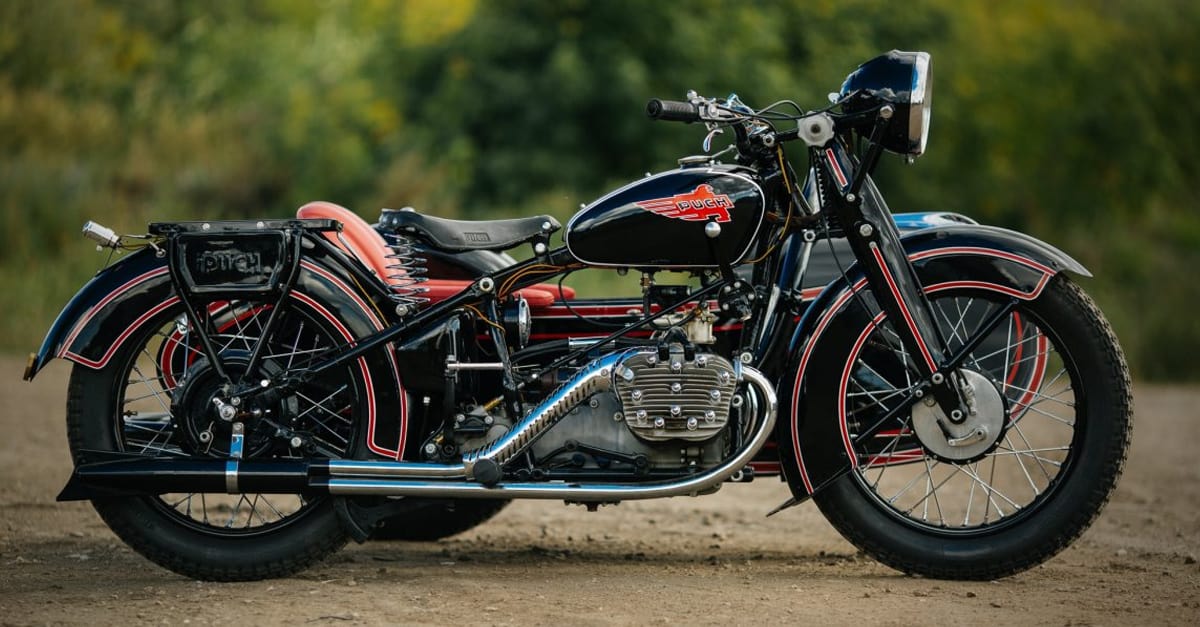
33. 1917 Russian Matchless Motorbike

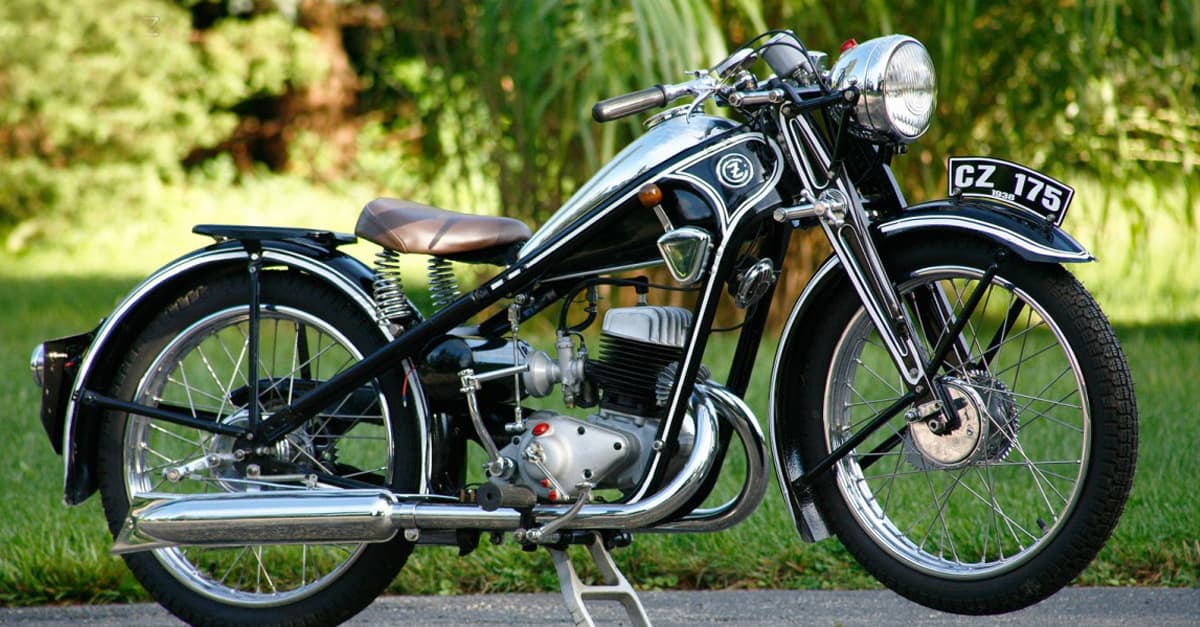
32. Puch P800

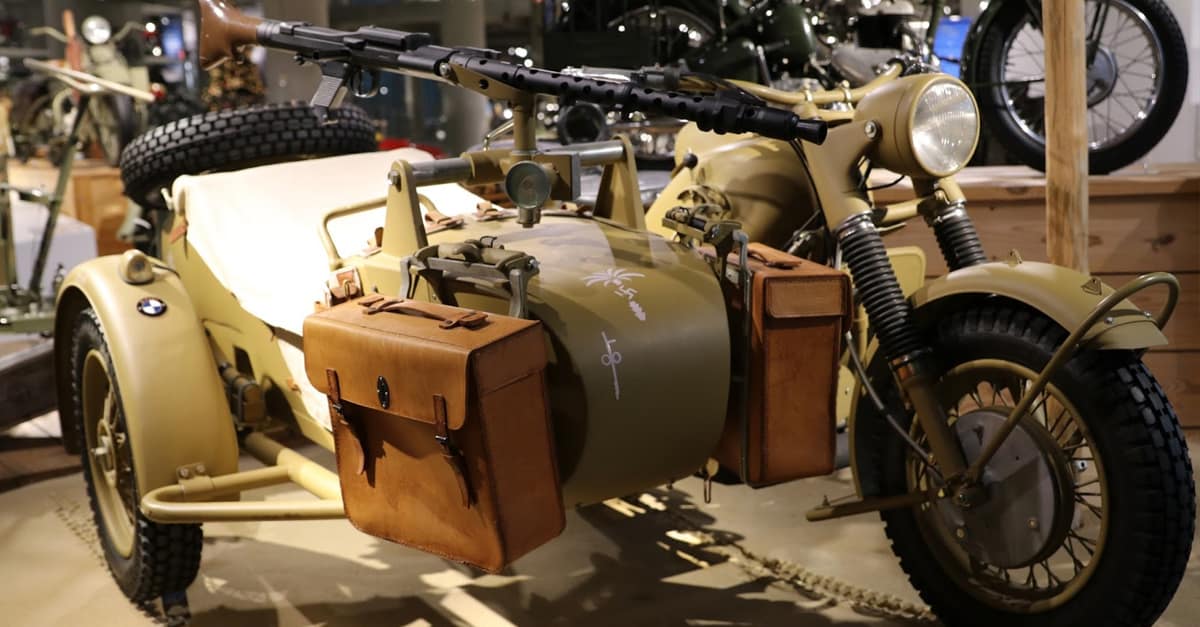
31. ČZ 175

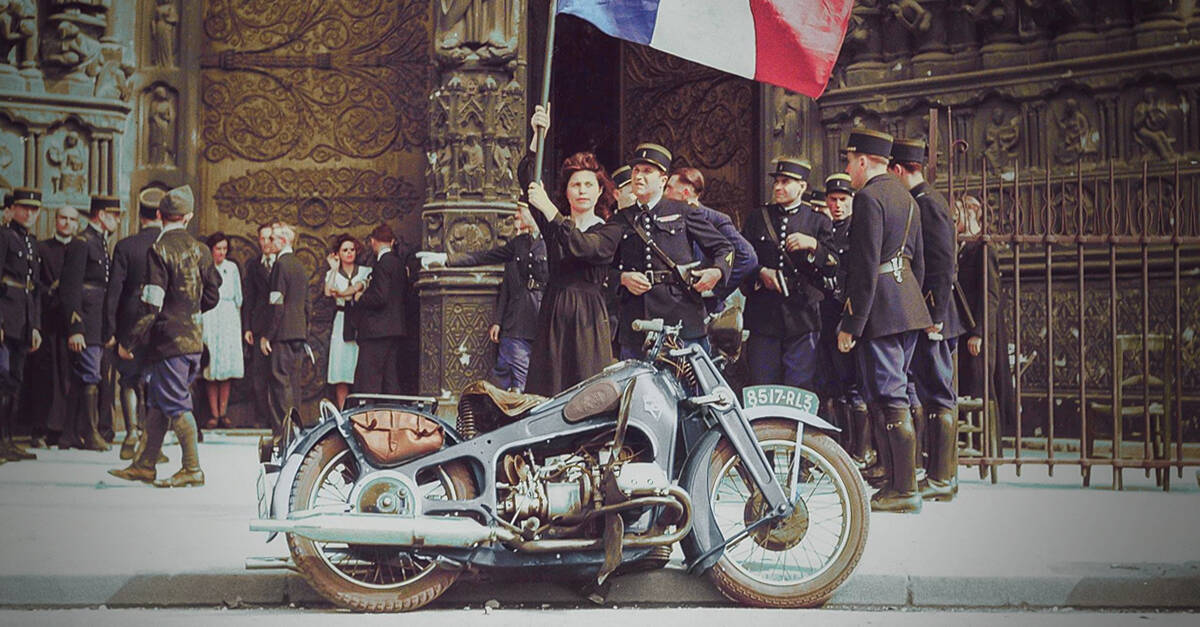
30. 1943 BMW R75

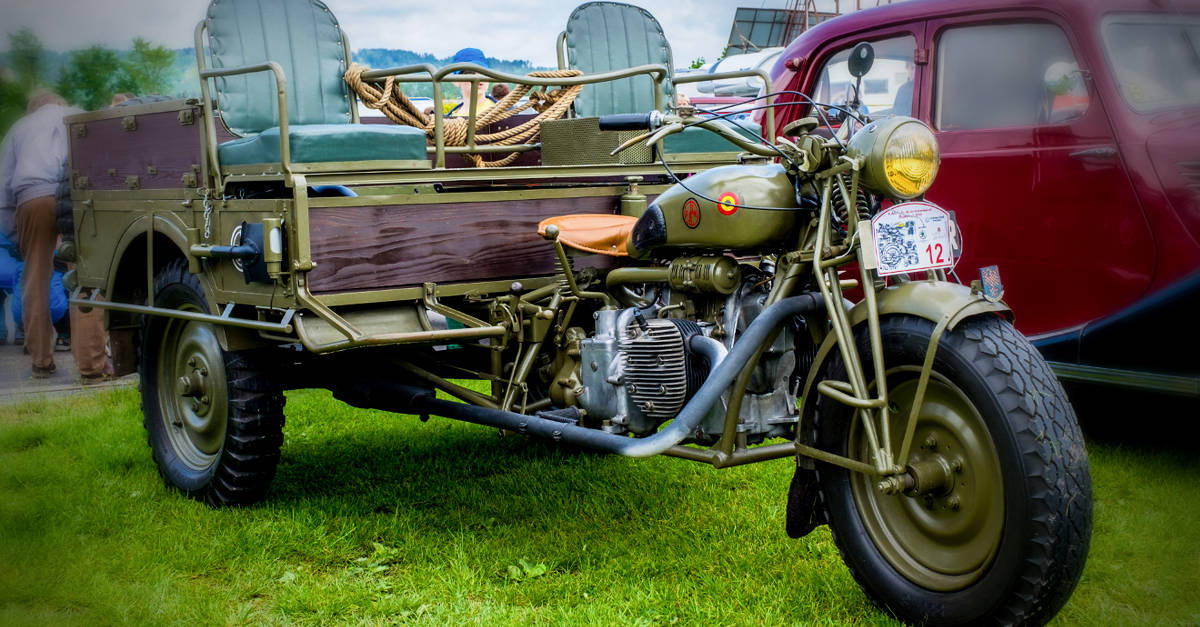
29. Gnome et Rhône 800 AX

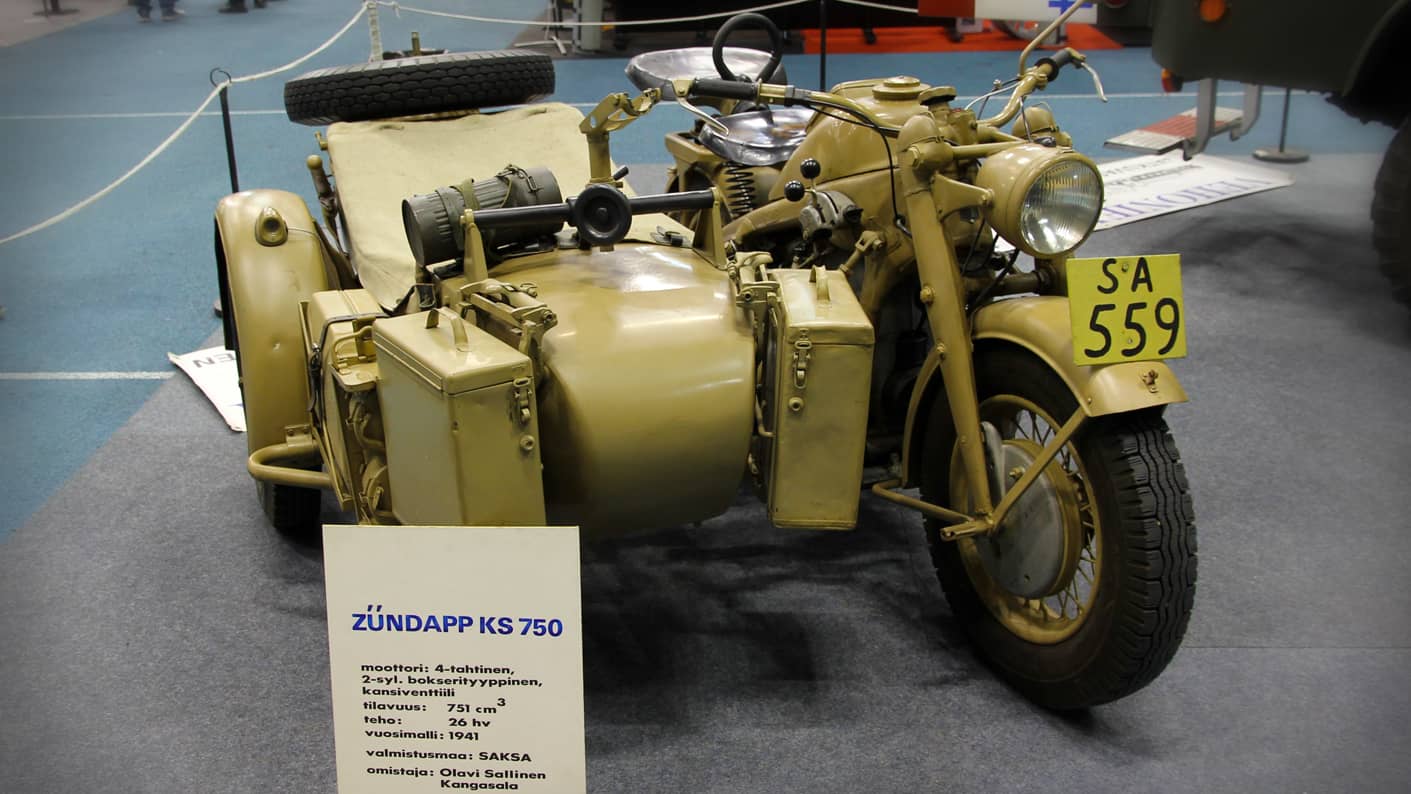
28. FN M12

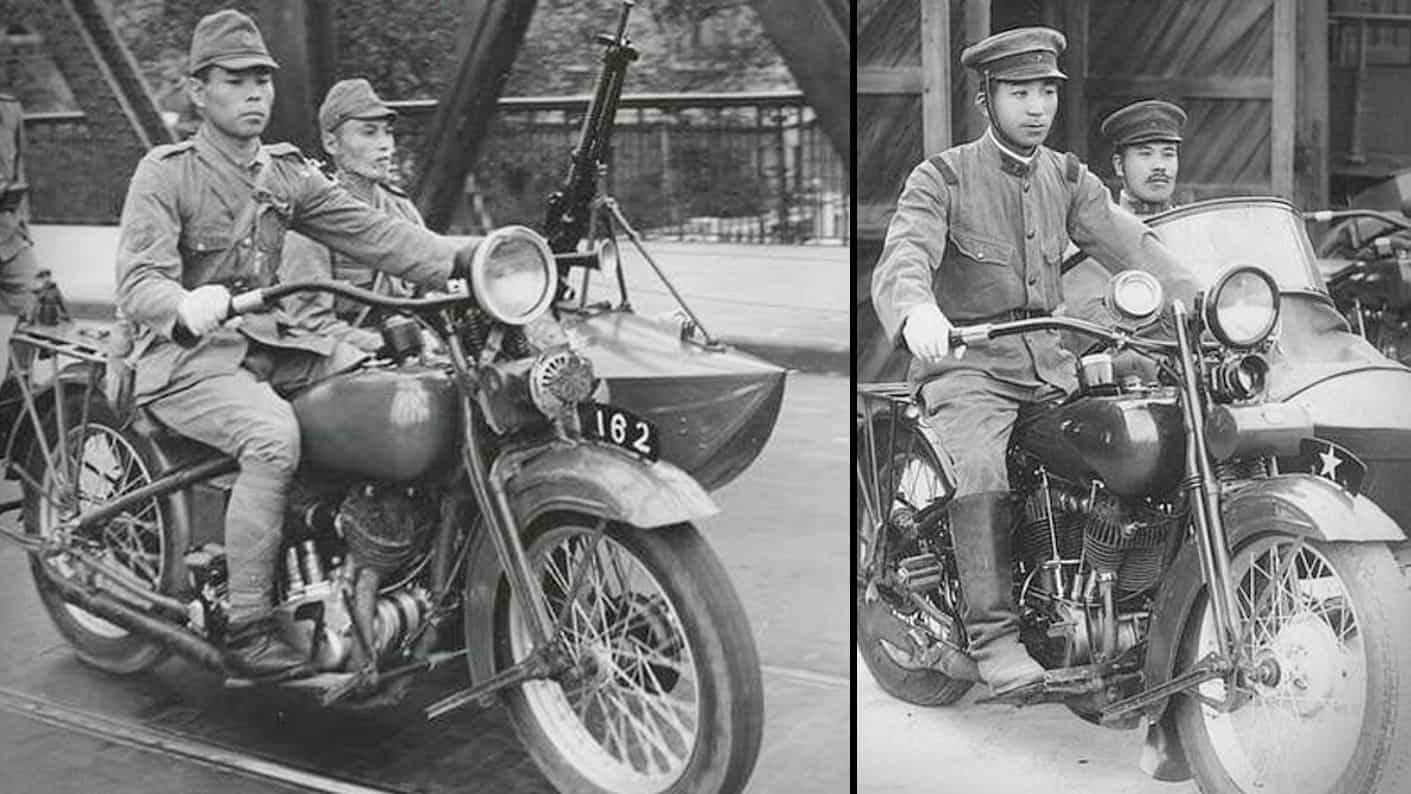
27. Zündapp KS 750 Kokonaisturvallisuus

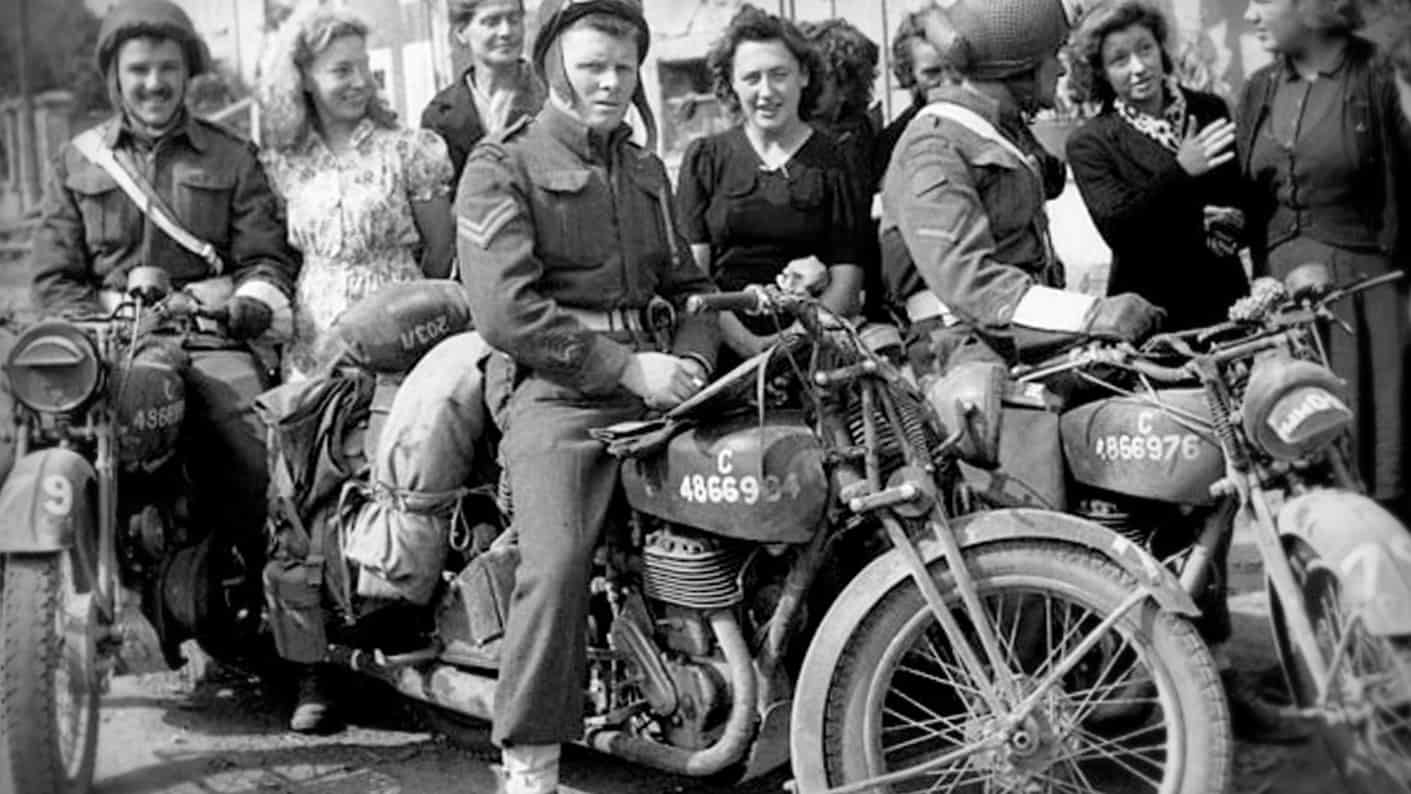
26. Rikuo Type 97

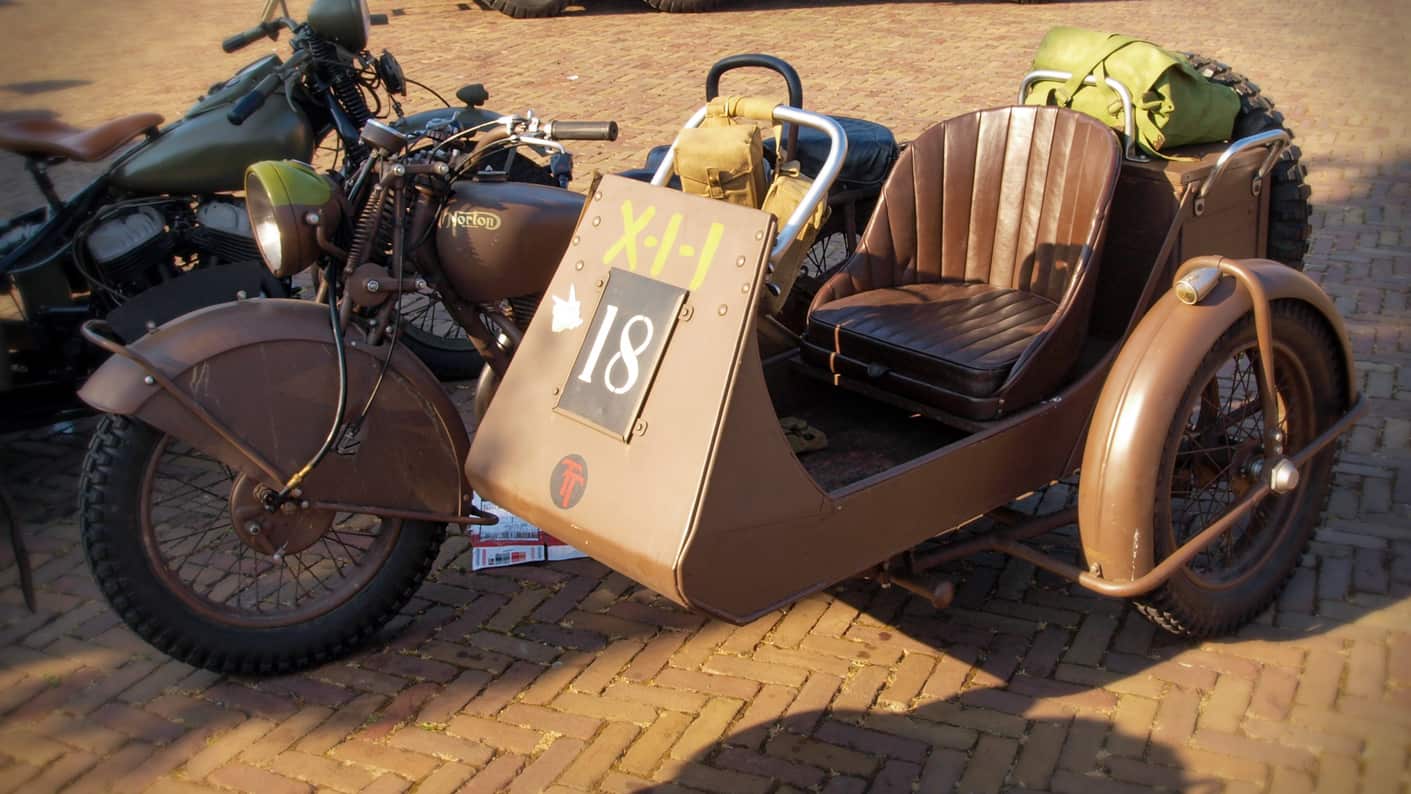
25. Norton 16H

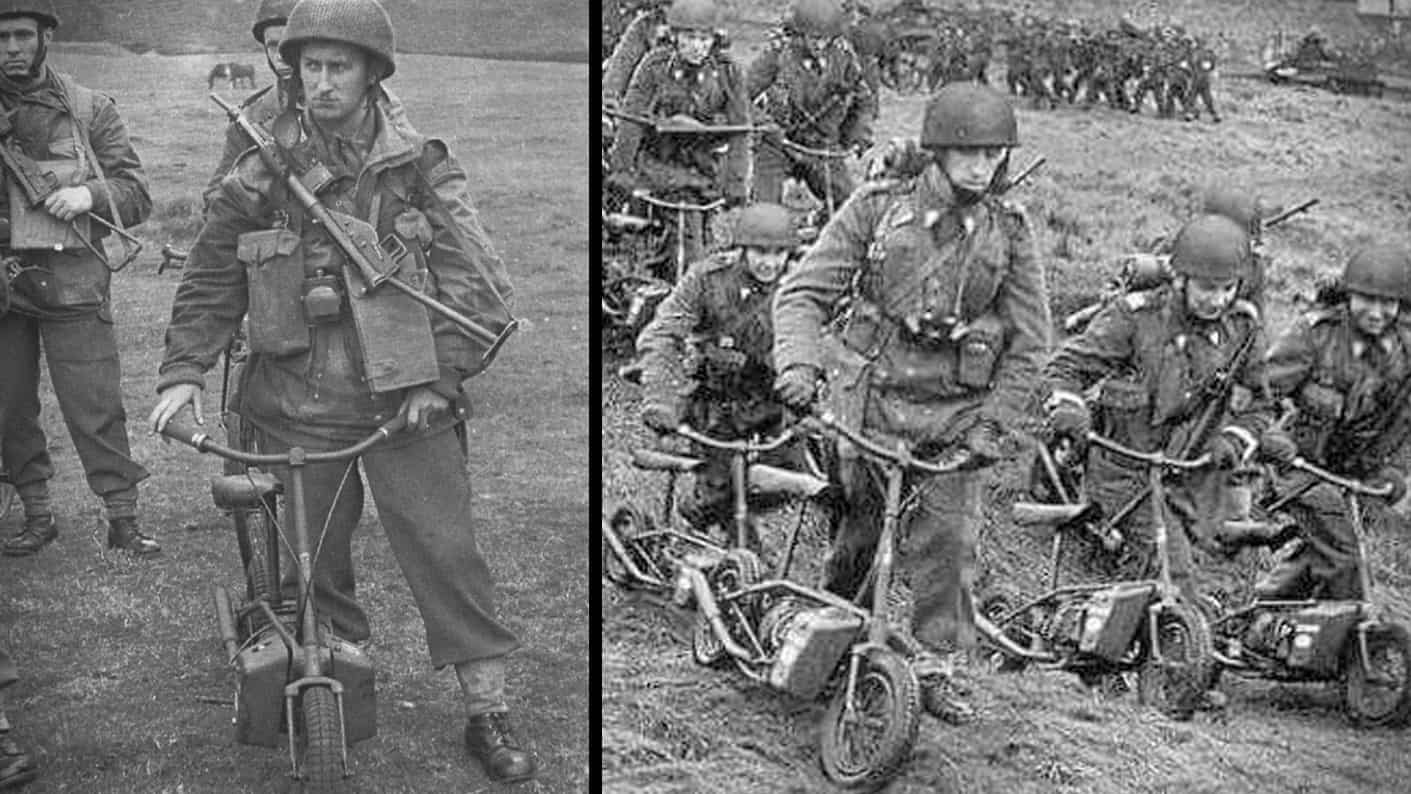
24. Norton 633

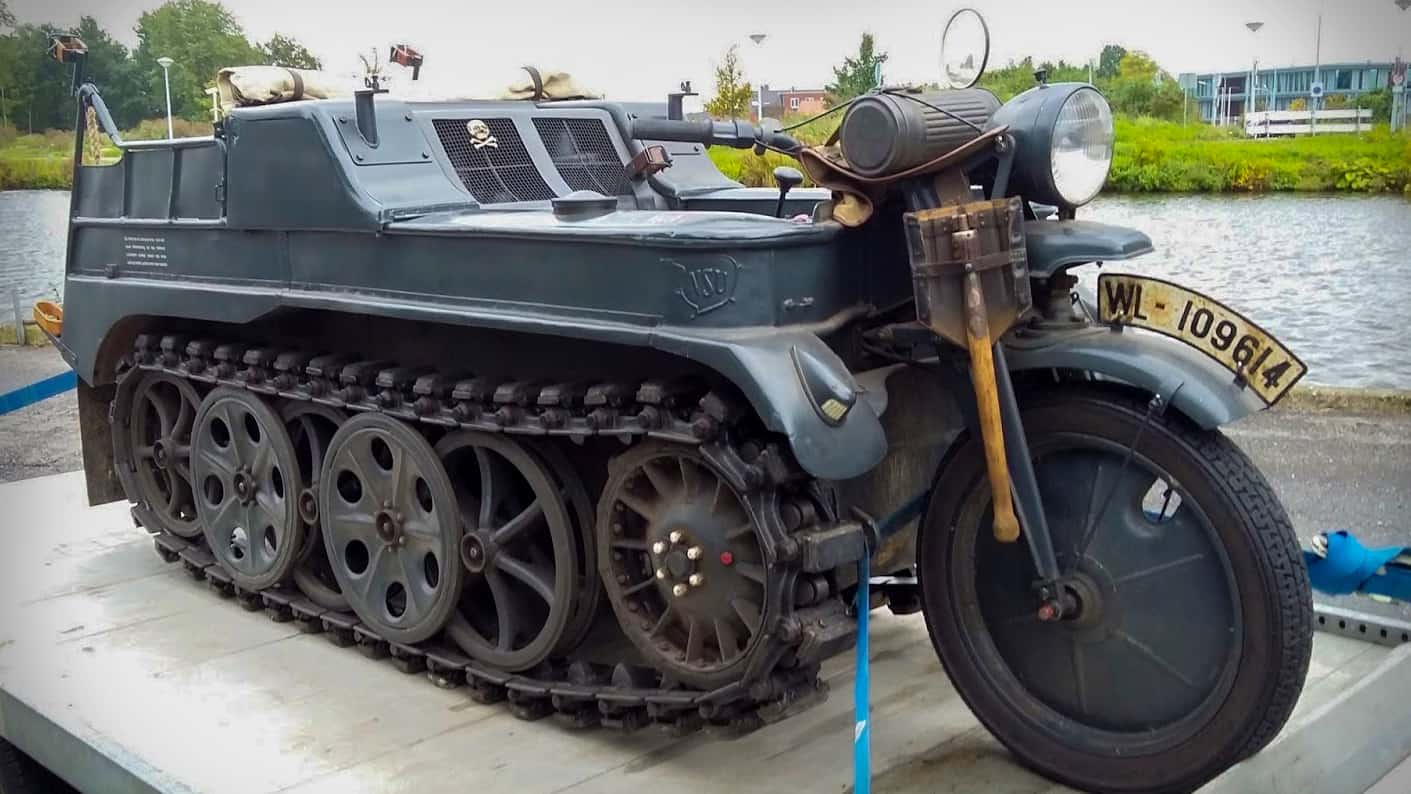
23. Excelsior Welbike

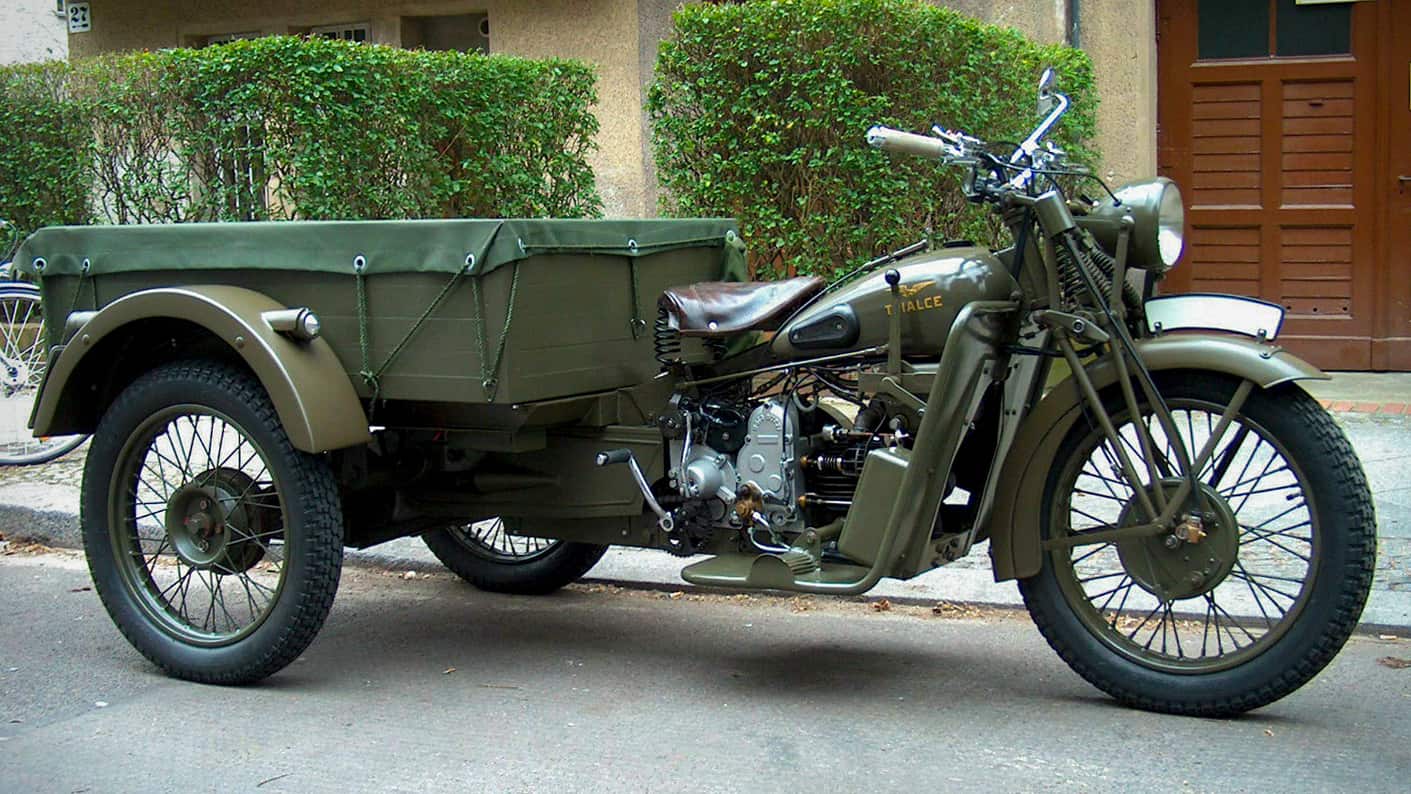
22. 1943 Sd.Kfz 2 NSU HK101 Kettenkrad

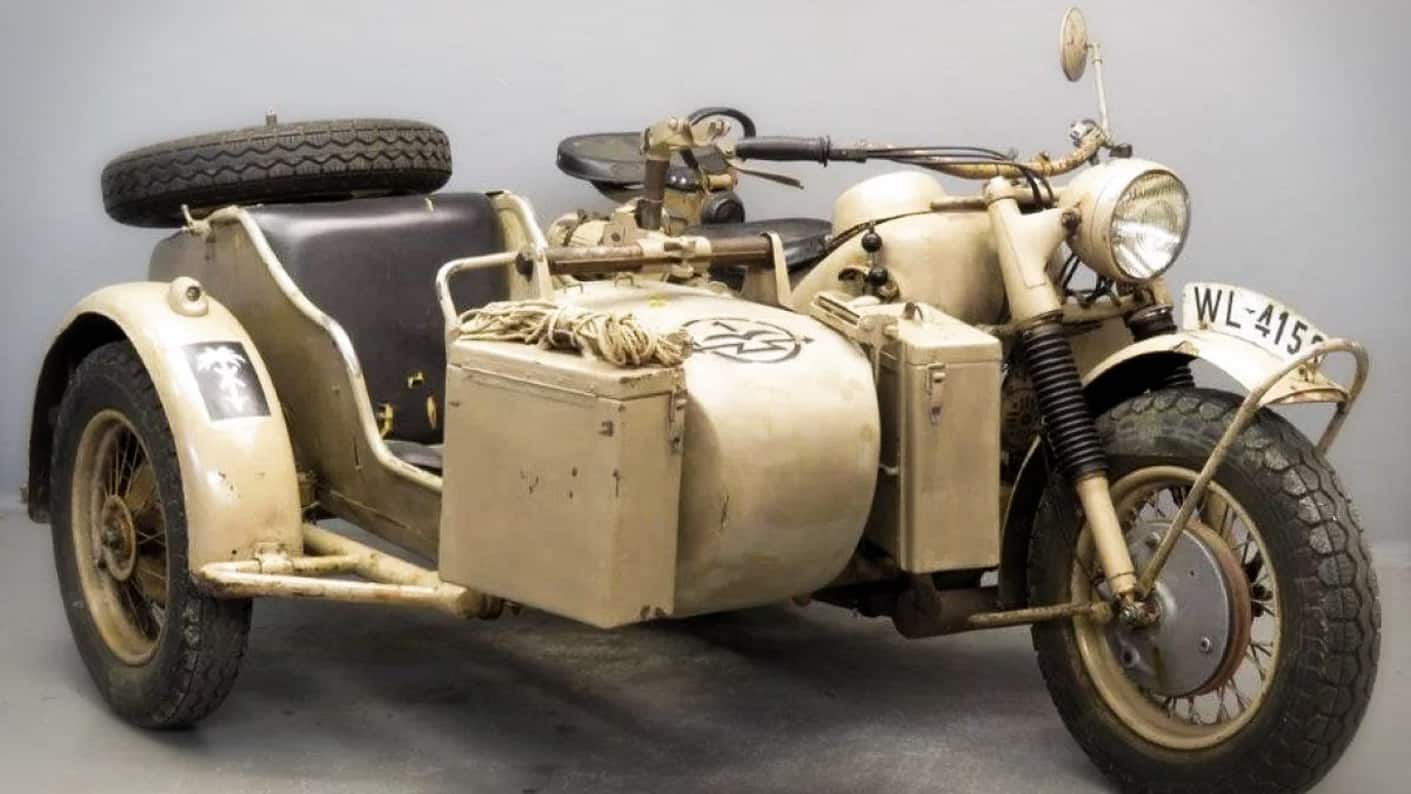
21. The Moto Guzzi Trialce

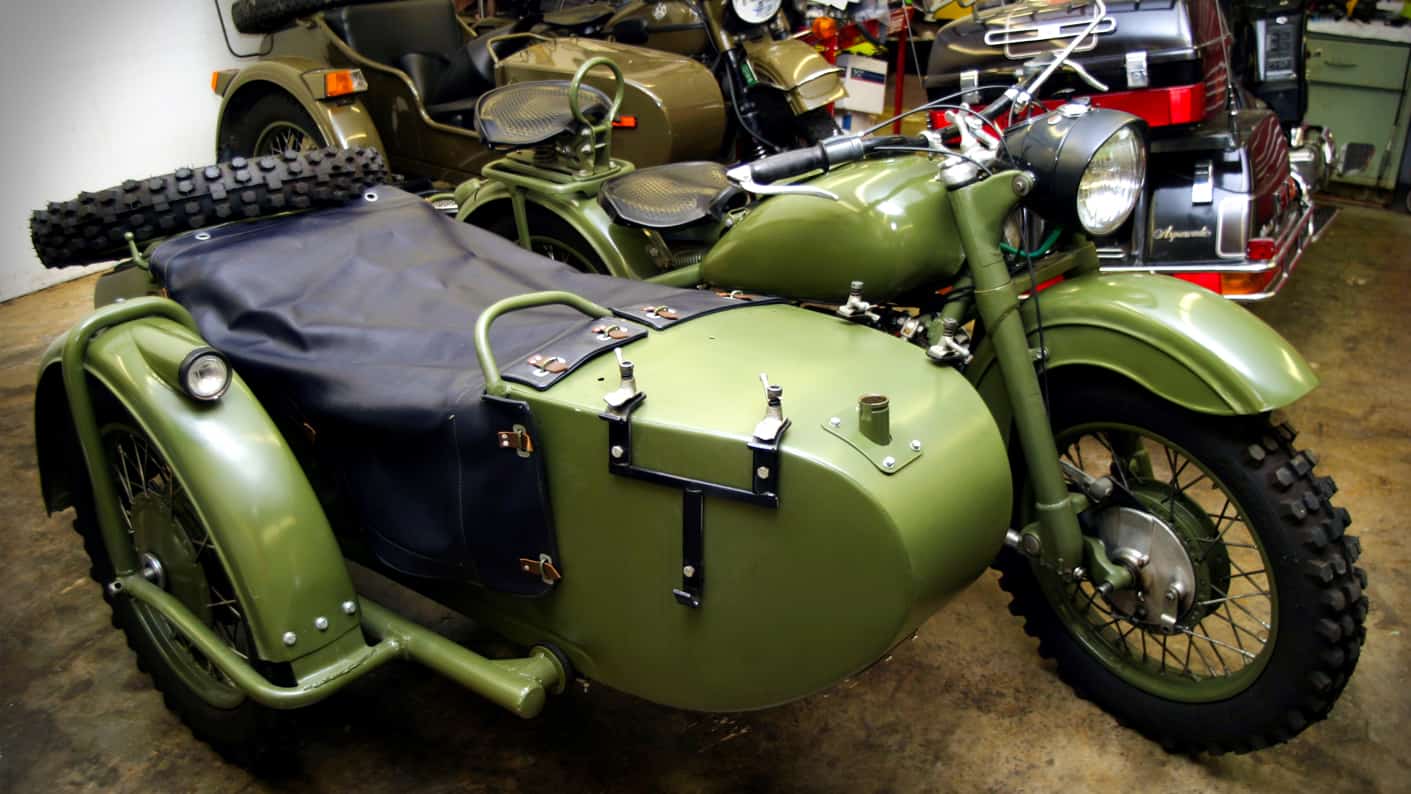
20. BMW R71

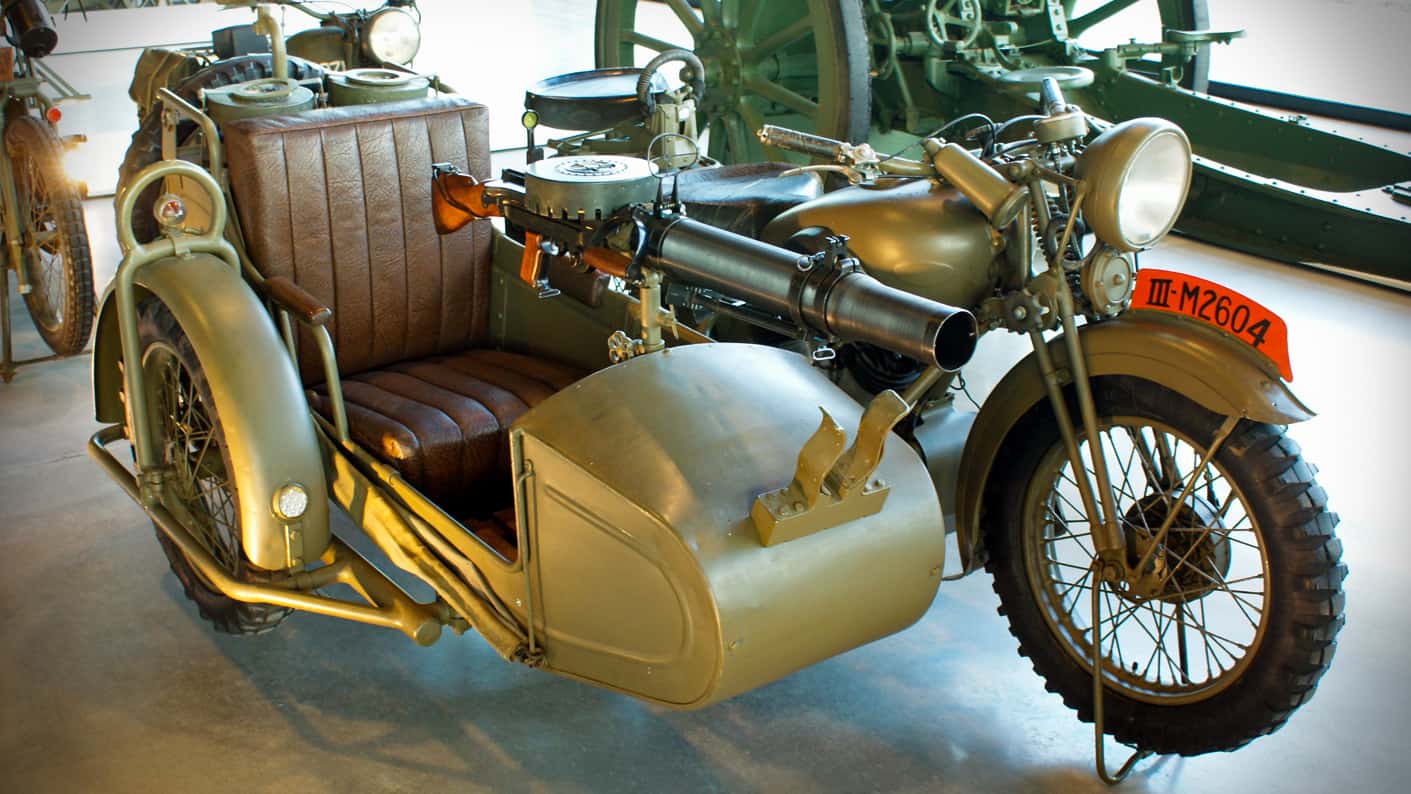
19. Dnepr M-72

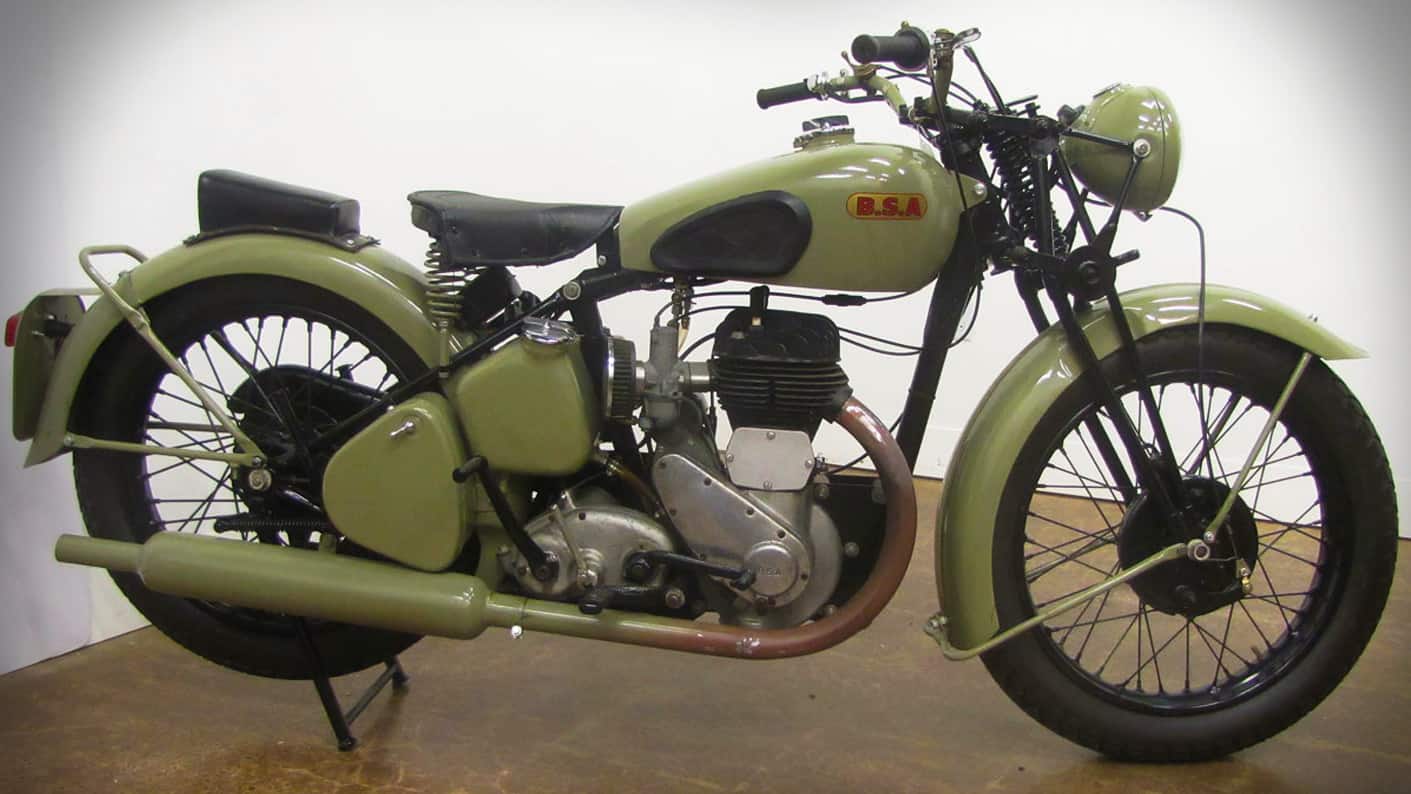
18. The BSA G14

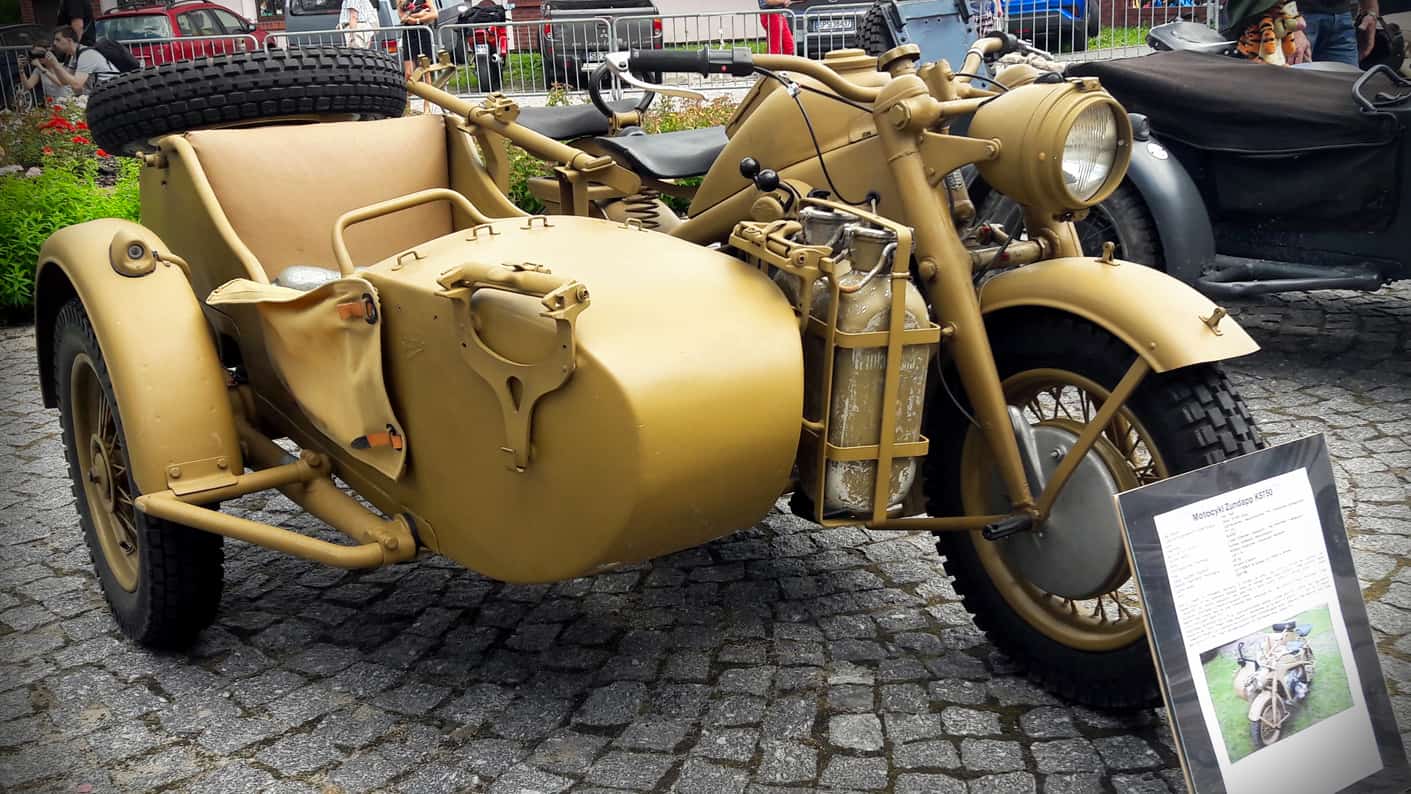
17. 1941 BSA W-M20

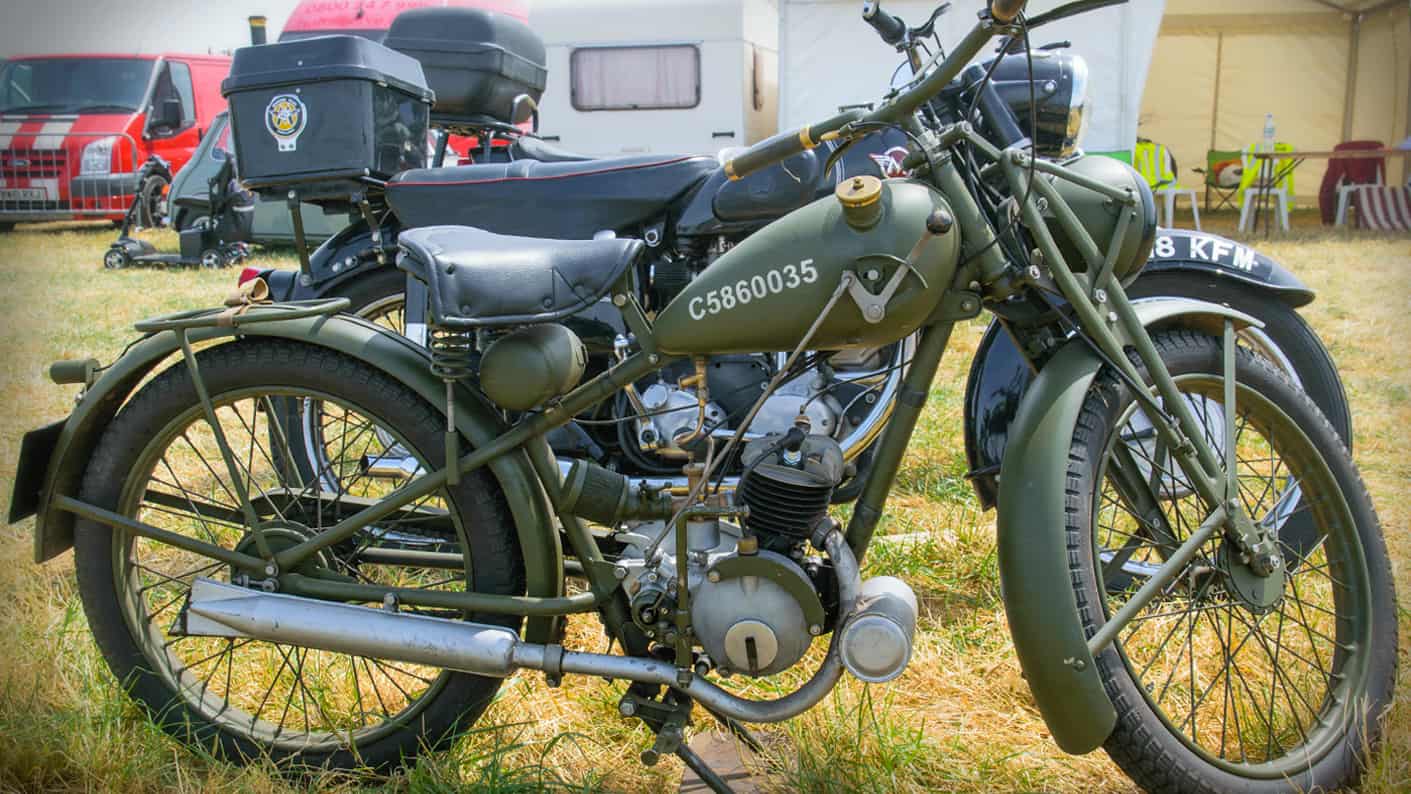
16. ZUNDAPP KS750 1944

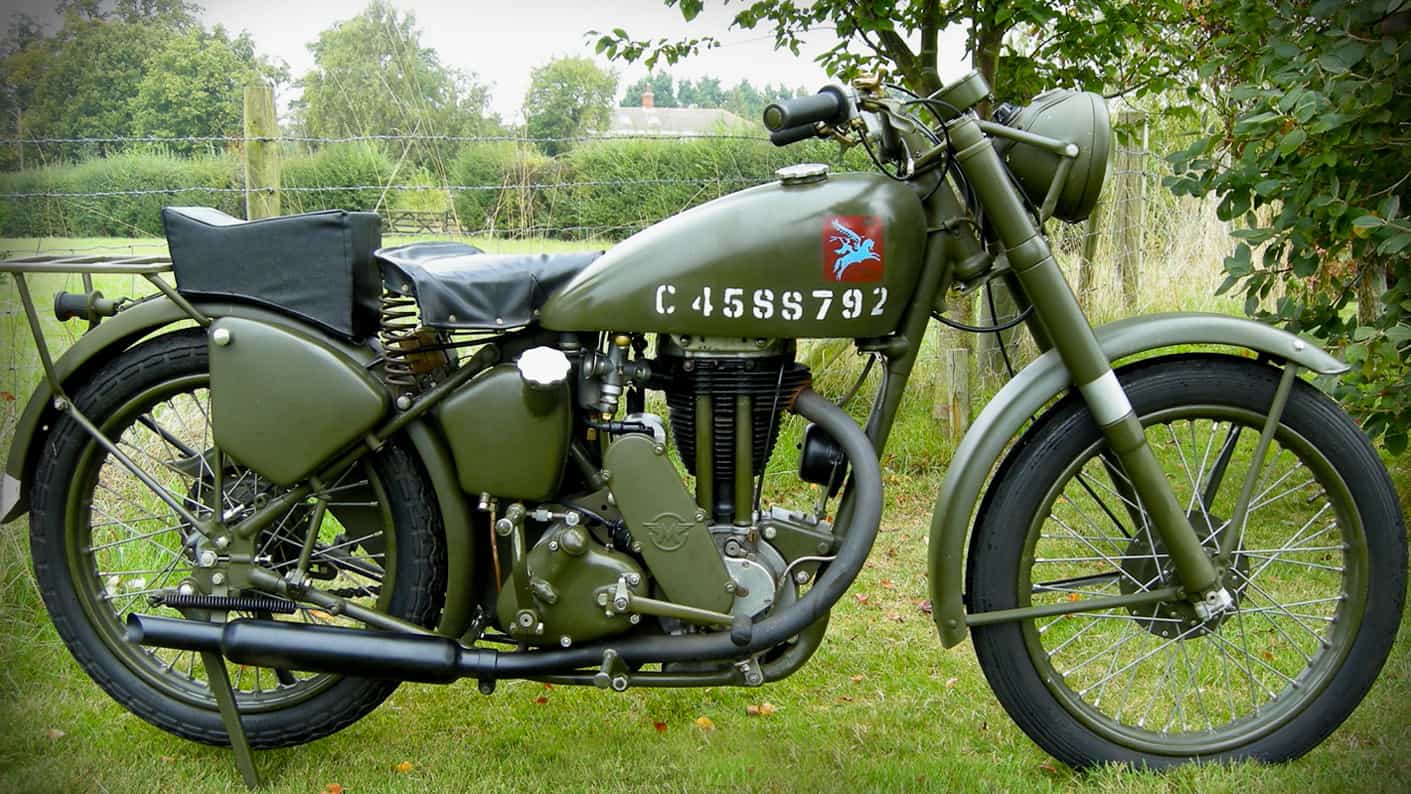
15. Royal Enfield WD/RE

In 1939, Royal Enfield was commissioned to specifically develop several different motorcycles for WWII. However, the WD/RE was by far the best and most memorable. British troops affectionately dubbed it the “Flying Flea”, because it was tiny and lightweight. The 125 cc powered motorcycles were designed to be dropped into hot zones via parachute. Once on the ground, they would be used by British paratroopers behind enemy lines to establish and maintain safe communication with each other. Flying Fleas were the troop favorite because their two-stroke engines could run on any type of gasoline. In addition, they were light enough to be picked up and carried over obstacles or squeeze through tight spaces.
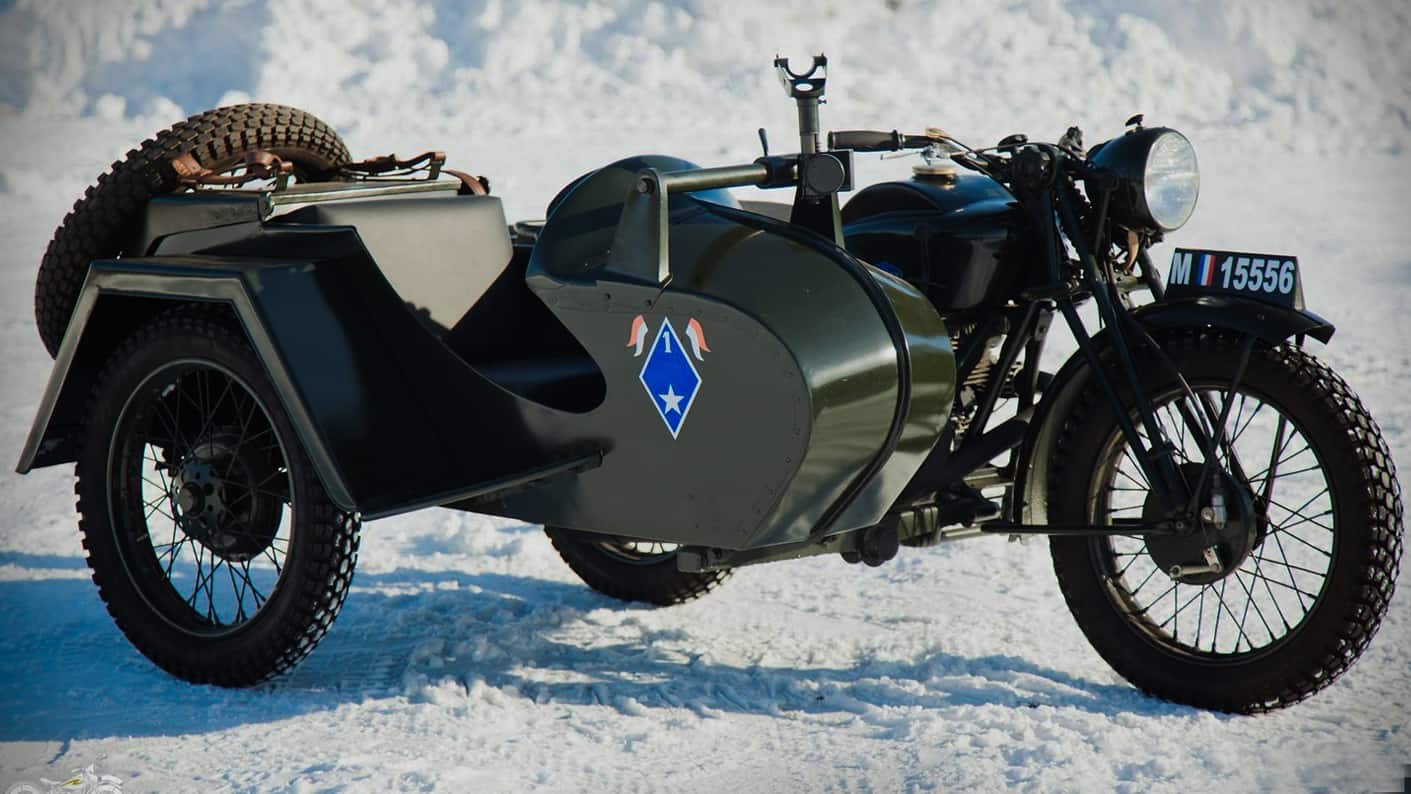
14. Matchless 3GL

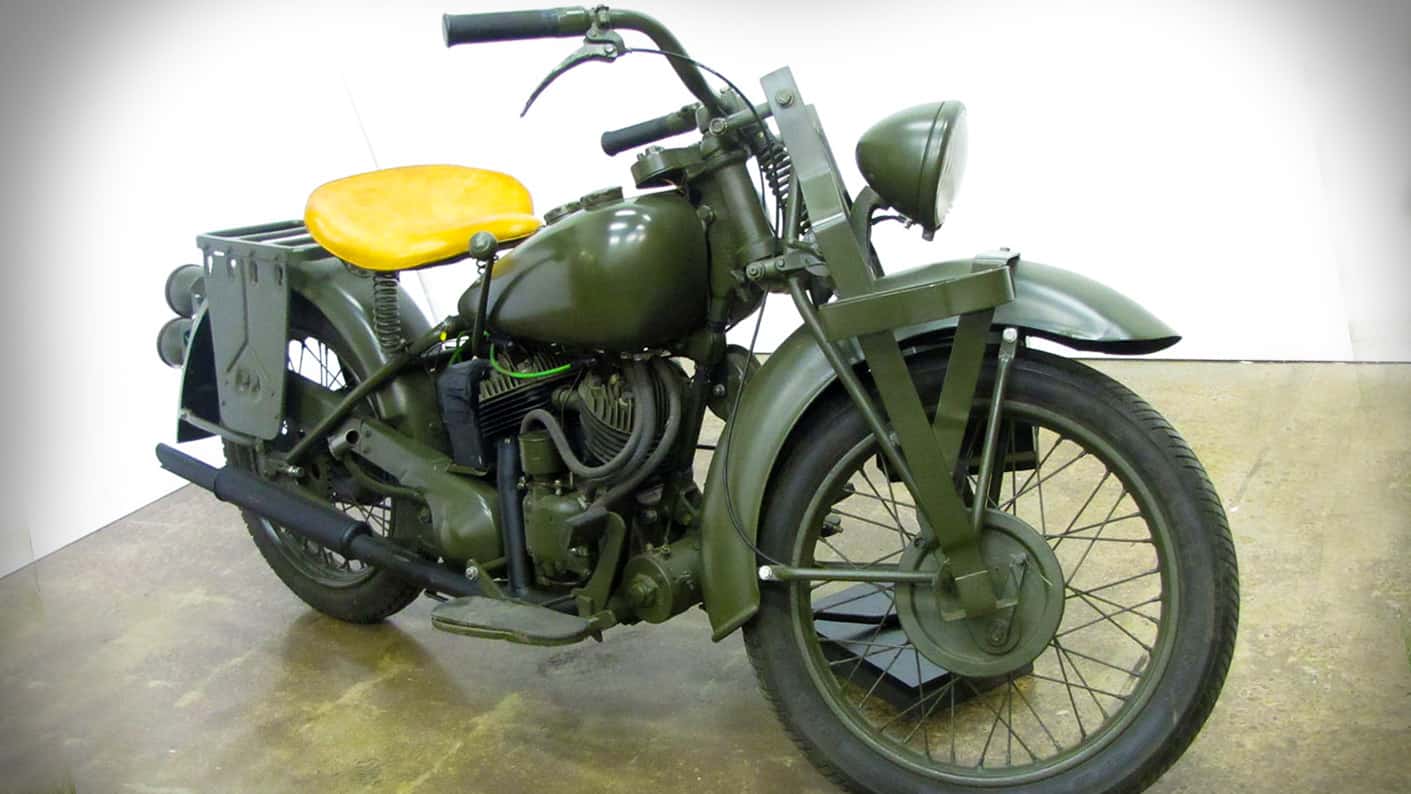
13. Gillet Herstal 720 AF

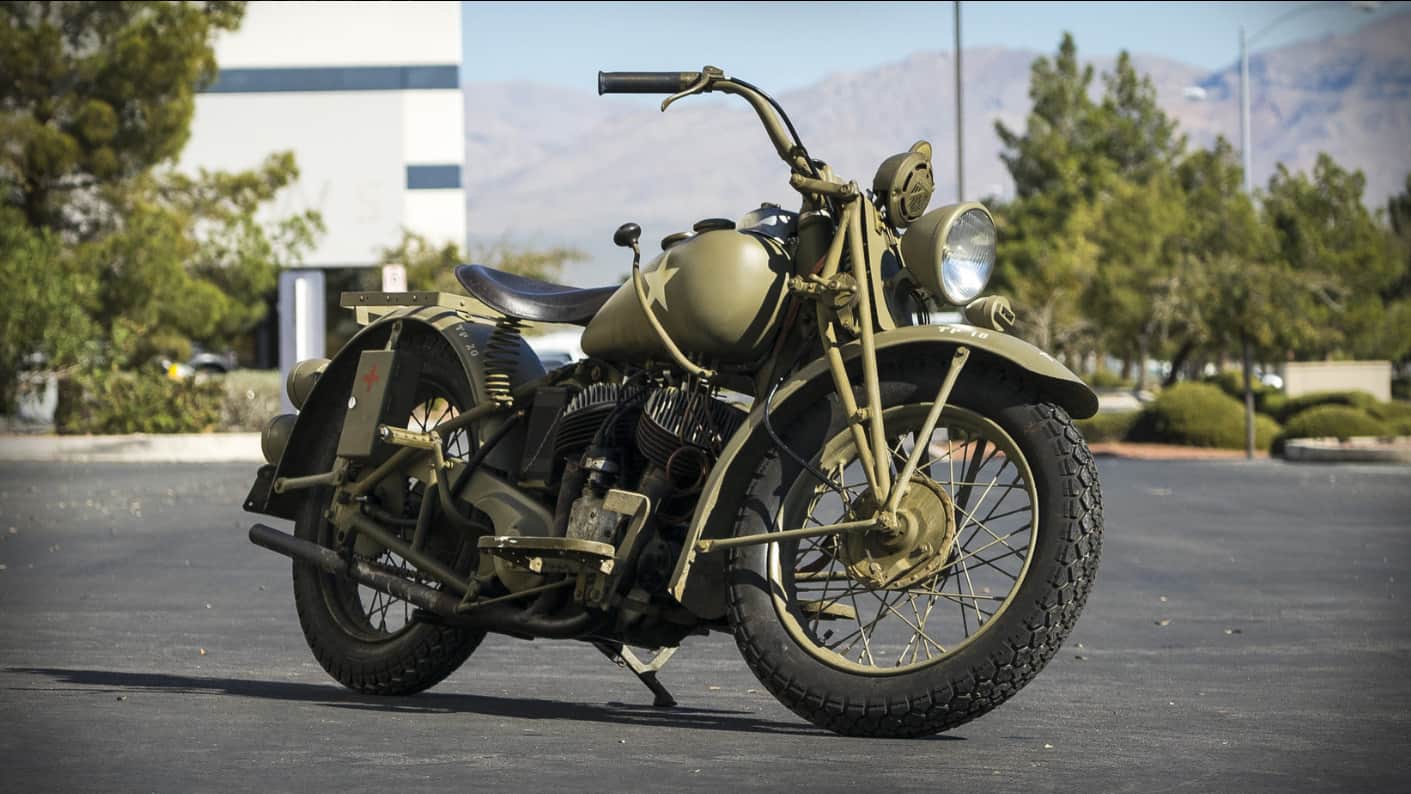
12. Indian Model 741B

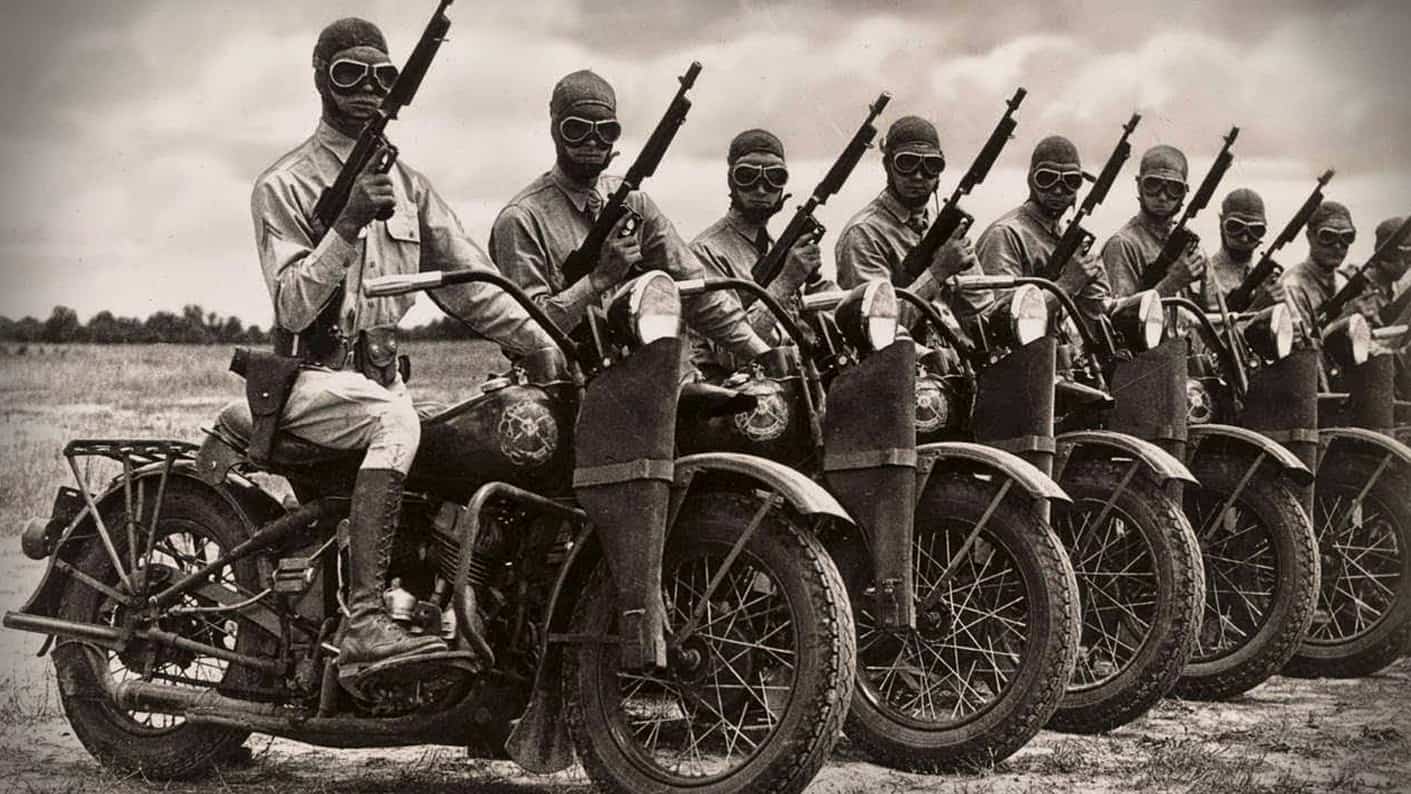
11. Indian Model 640

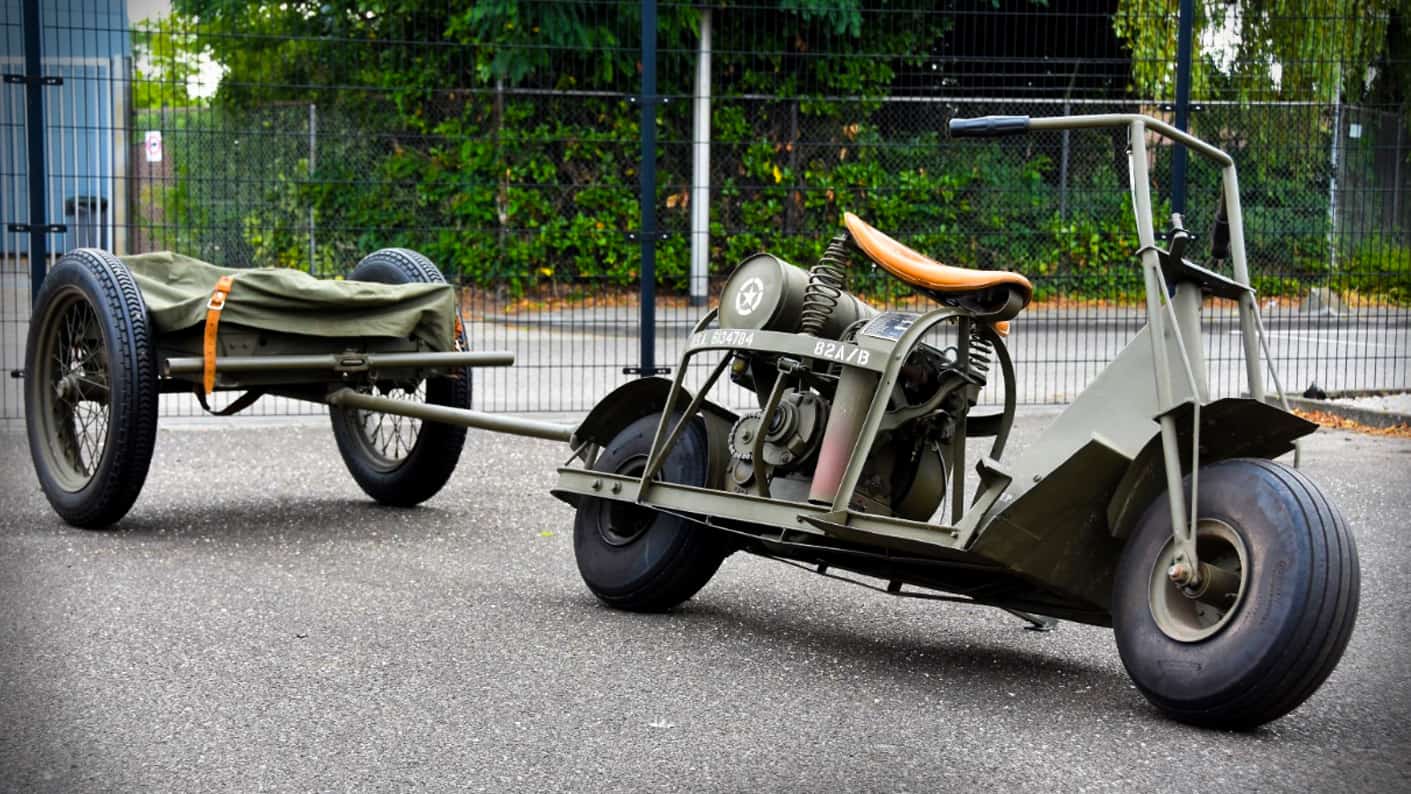
10. Harley-Davidson WLA

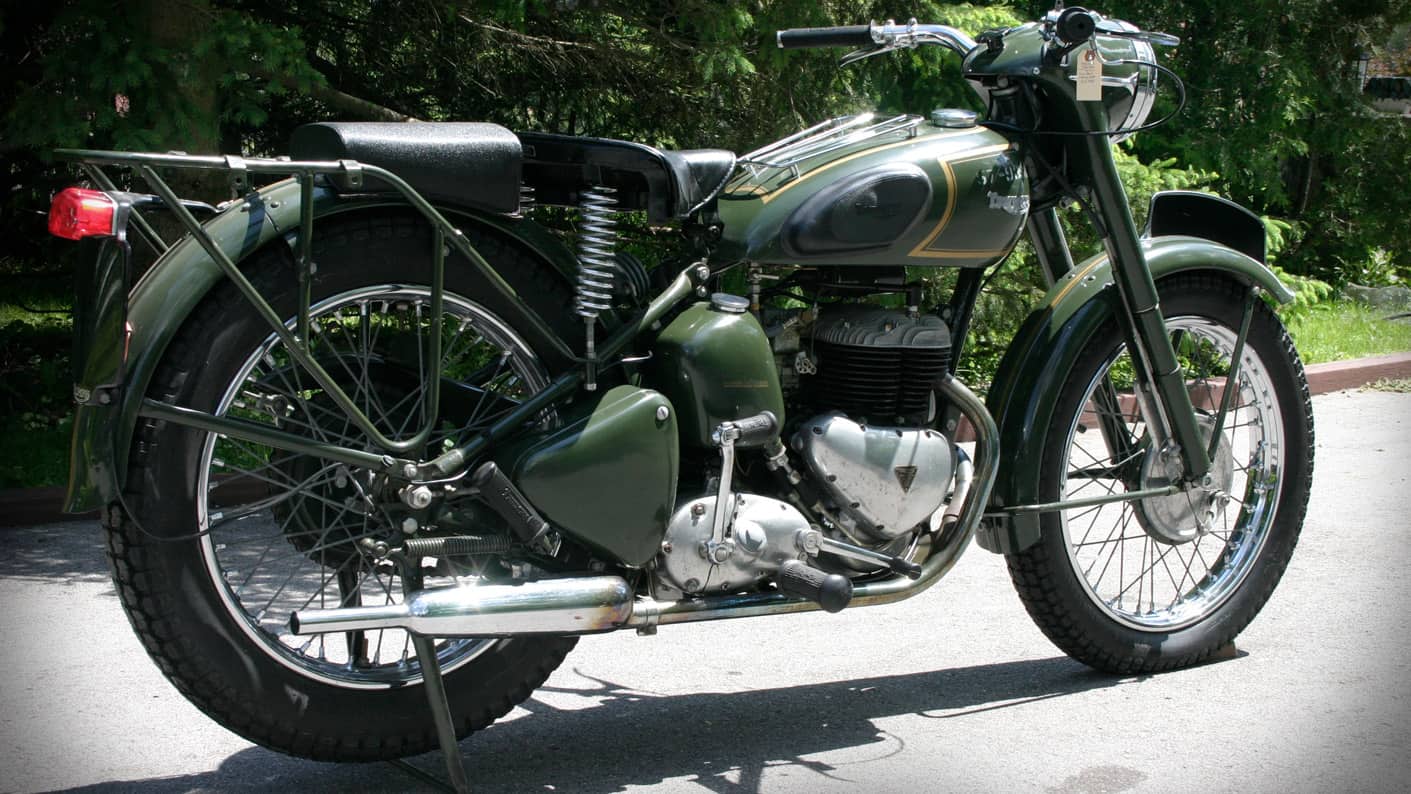
9. Cushman Airborne Motor Scooter

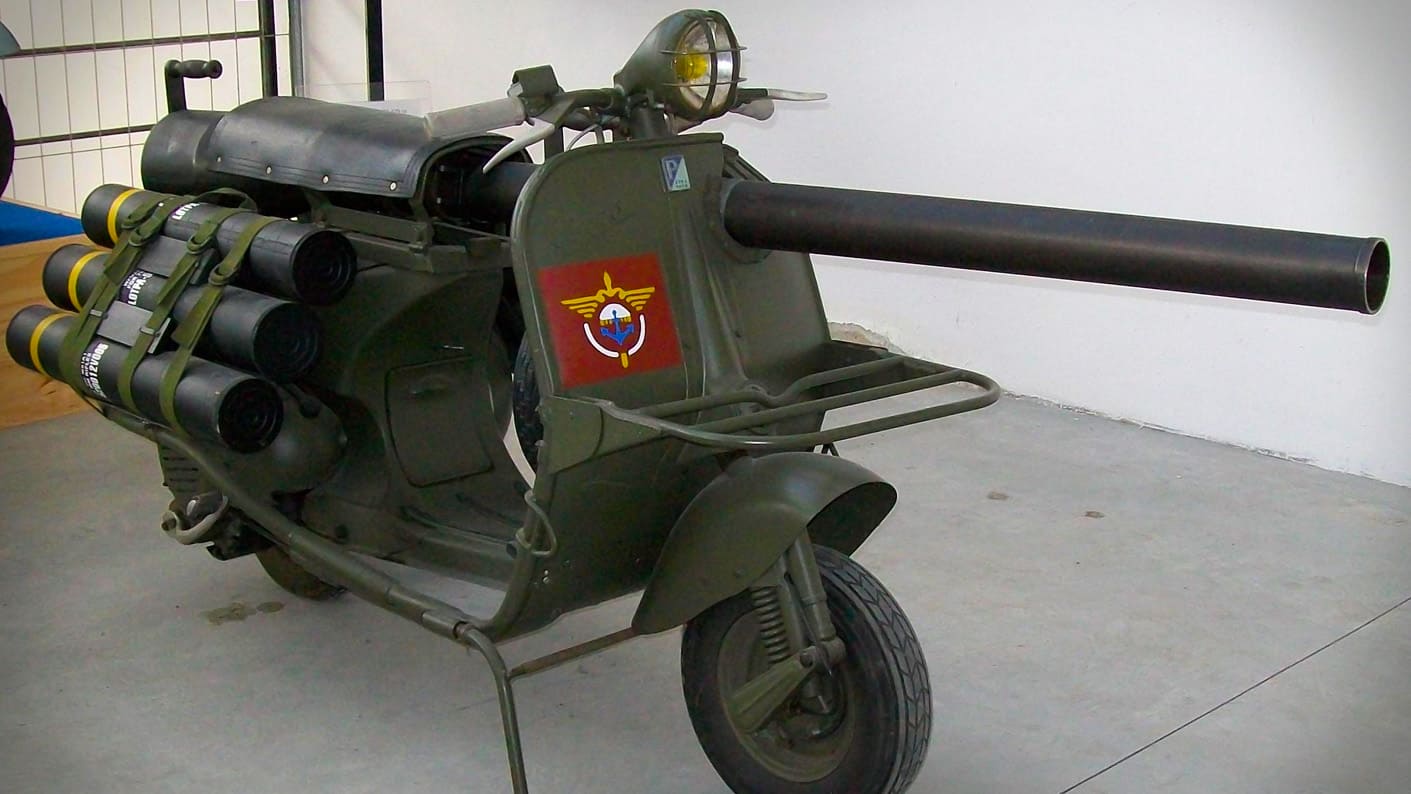
8. 1957 Triumph TRW

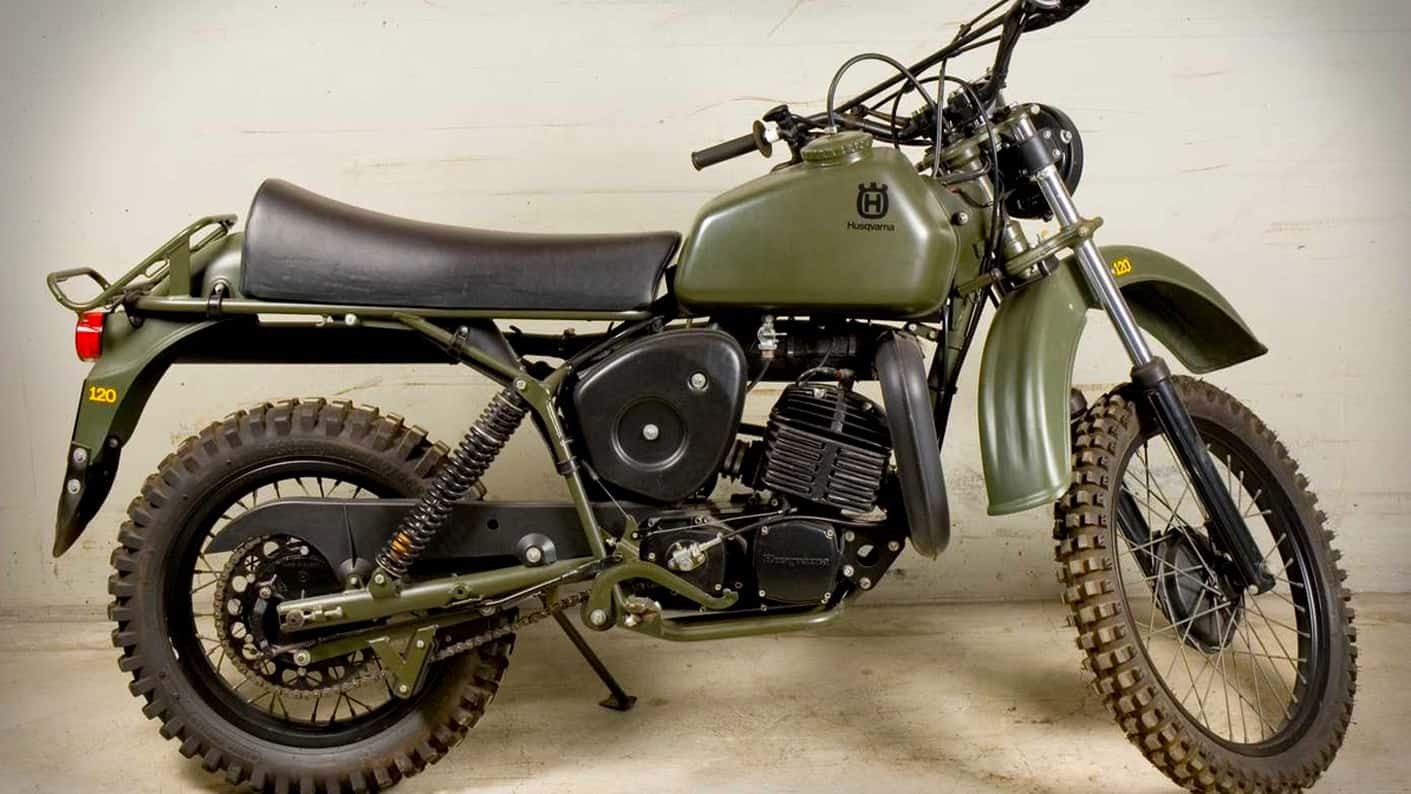
7. Vespa 150 TAP

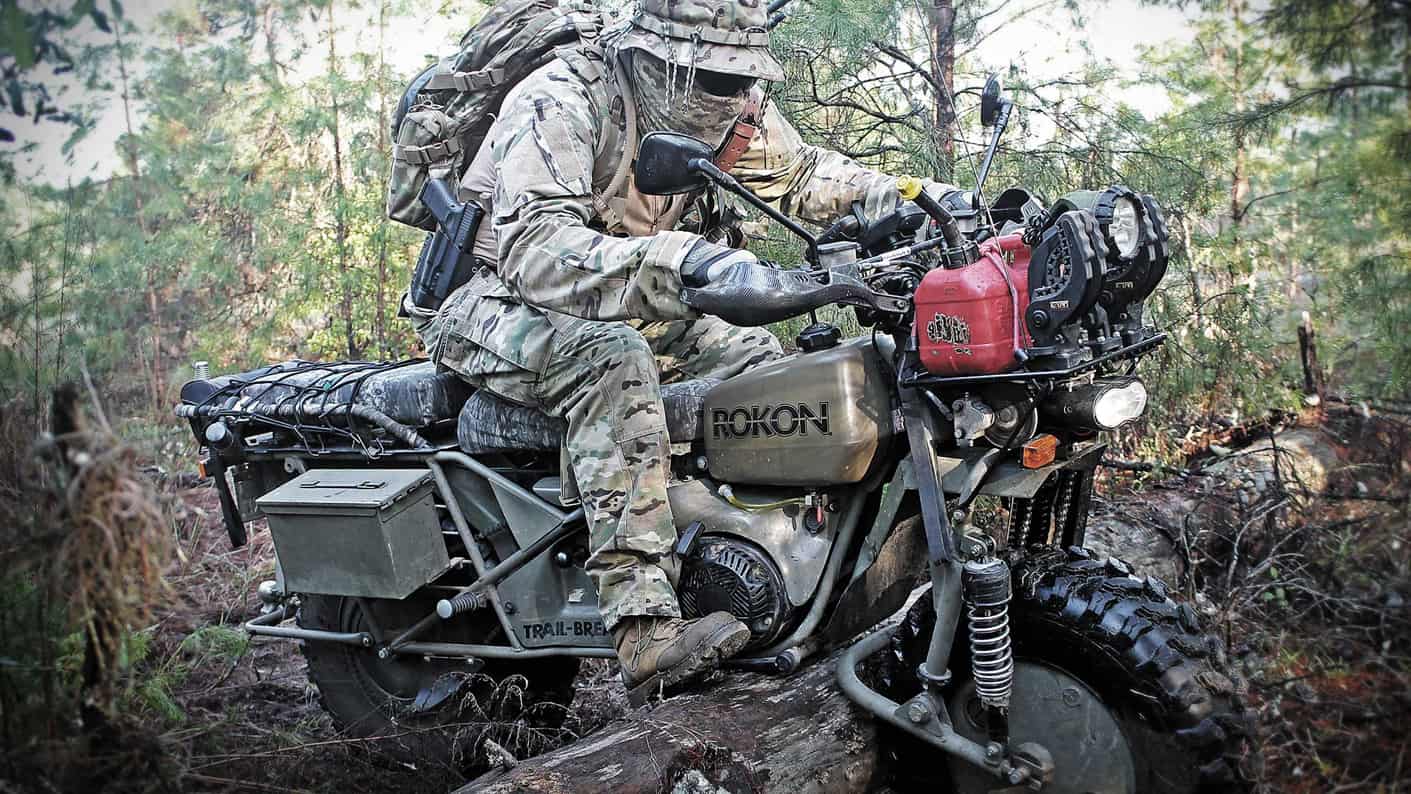
6. The Husqvarna 258 A

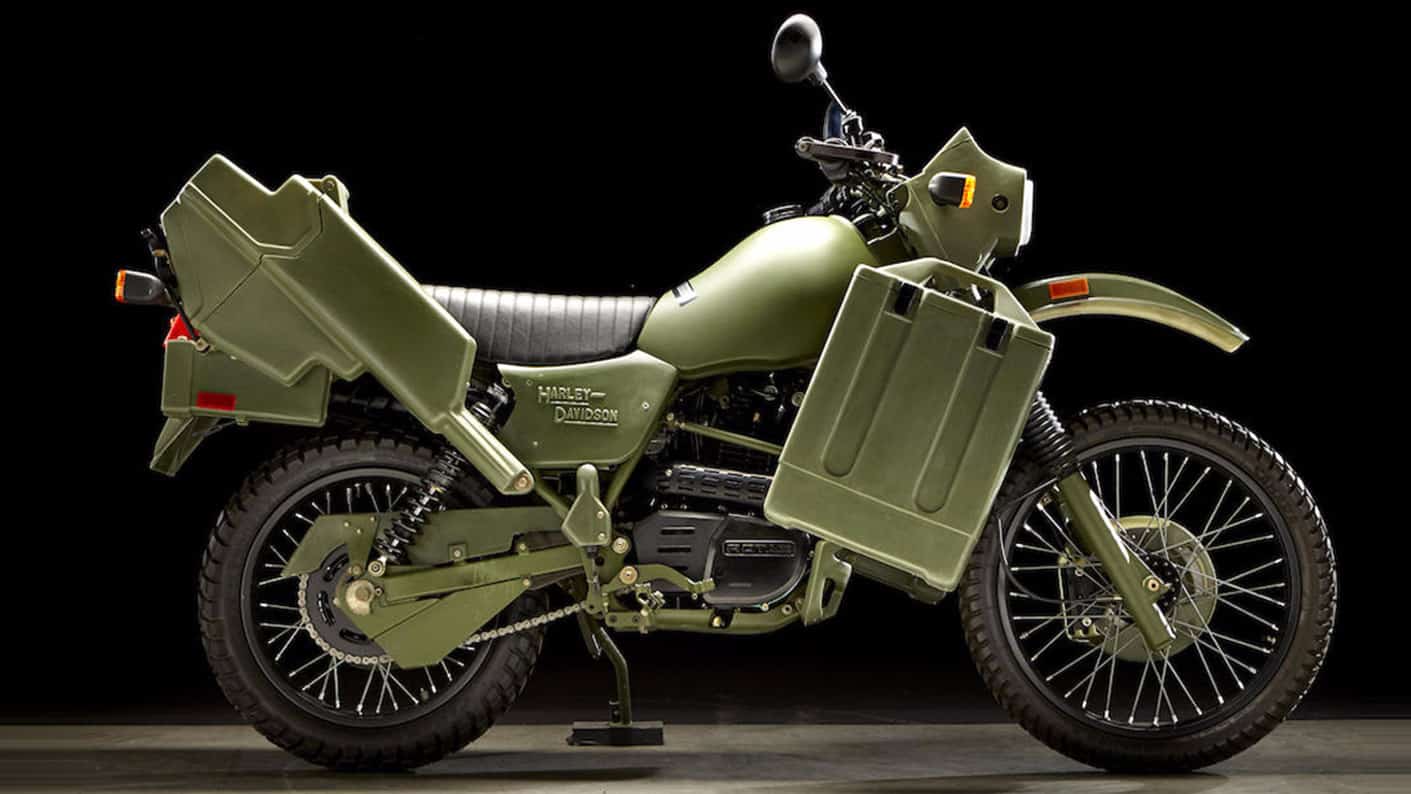
5. The Rokon Trailbreaker

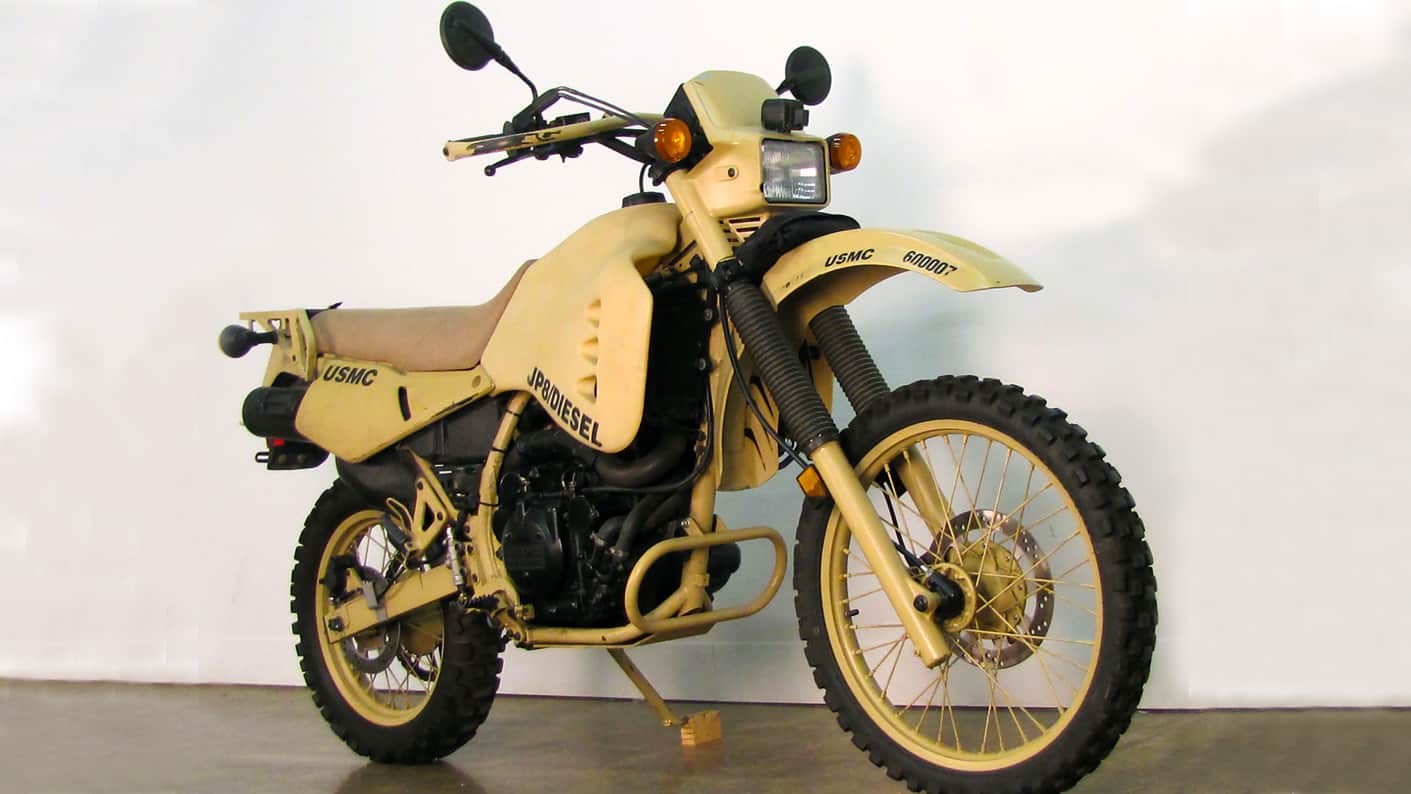
4. Harley MT500/350

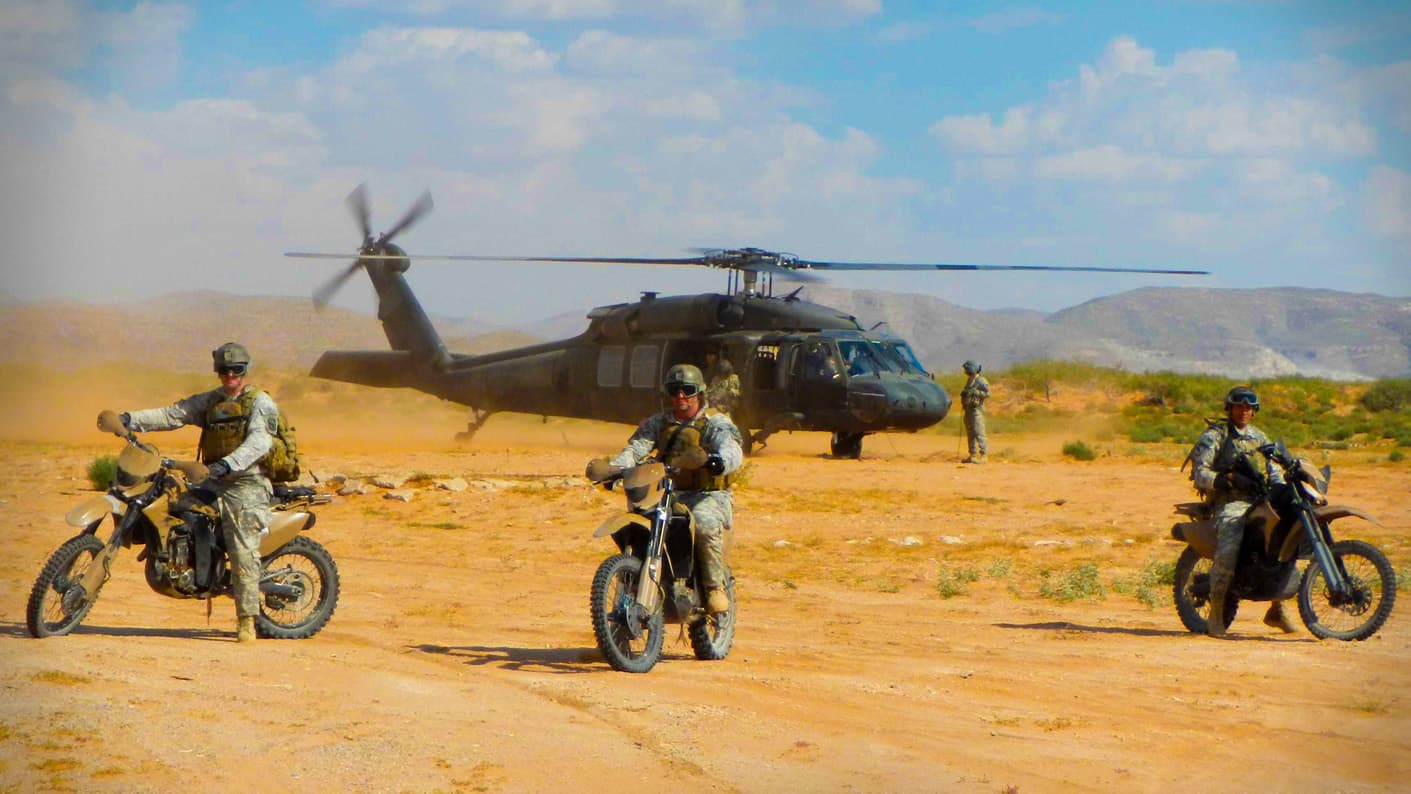
3. Hayes-DT M1030-M1/ Kawasaki KLR650

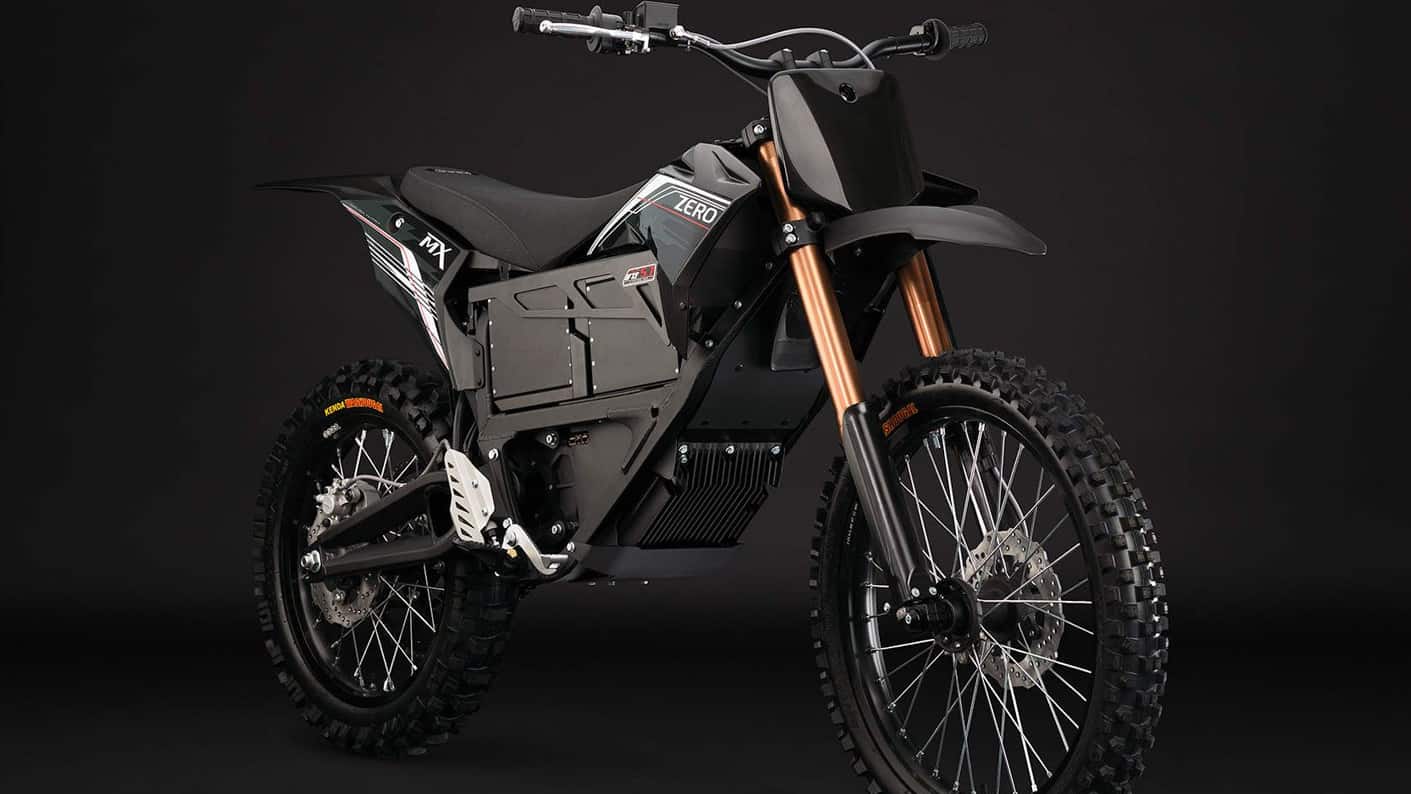
2. Christini AWD

1. Military The Zero XXM

